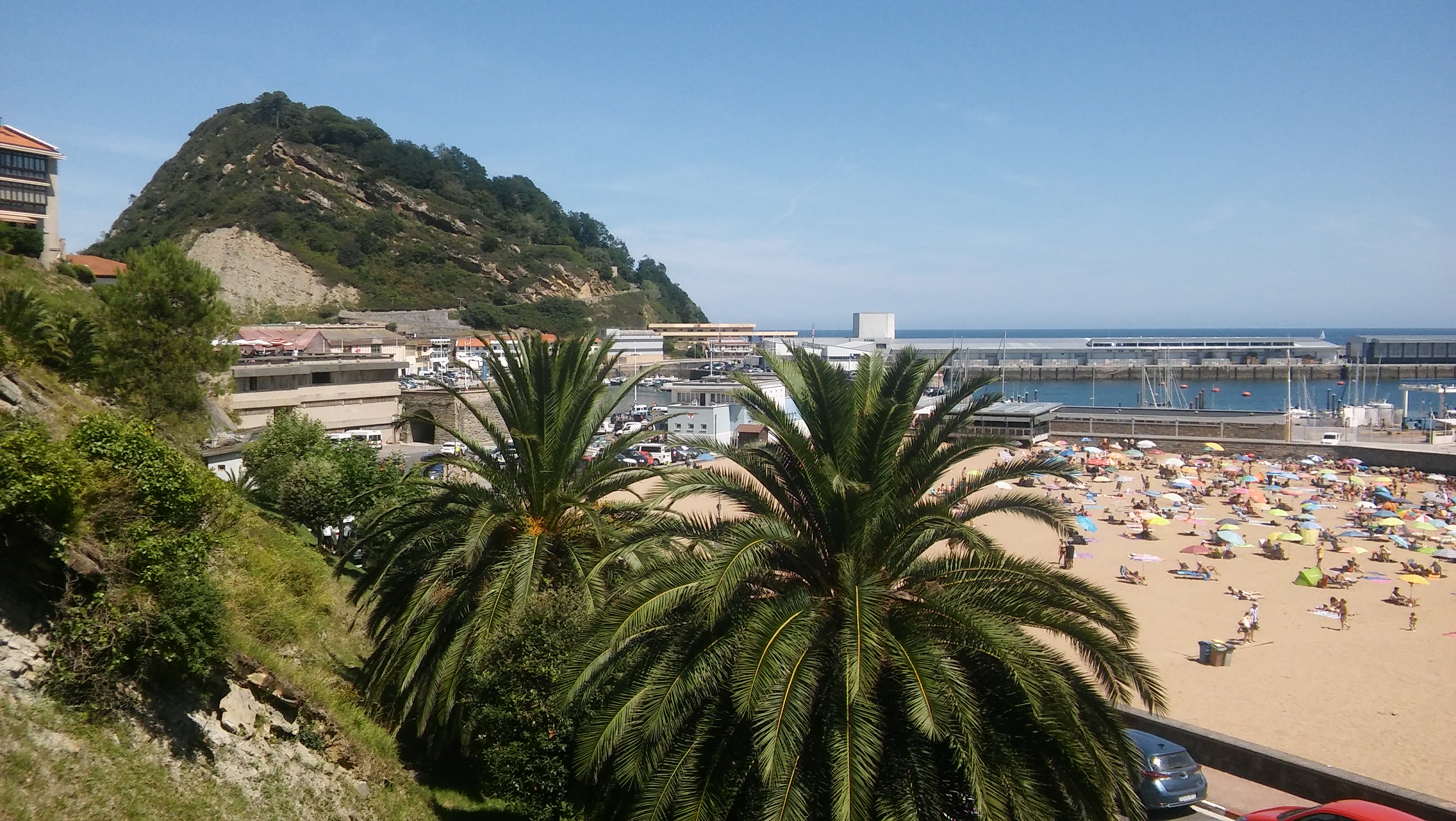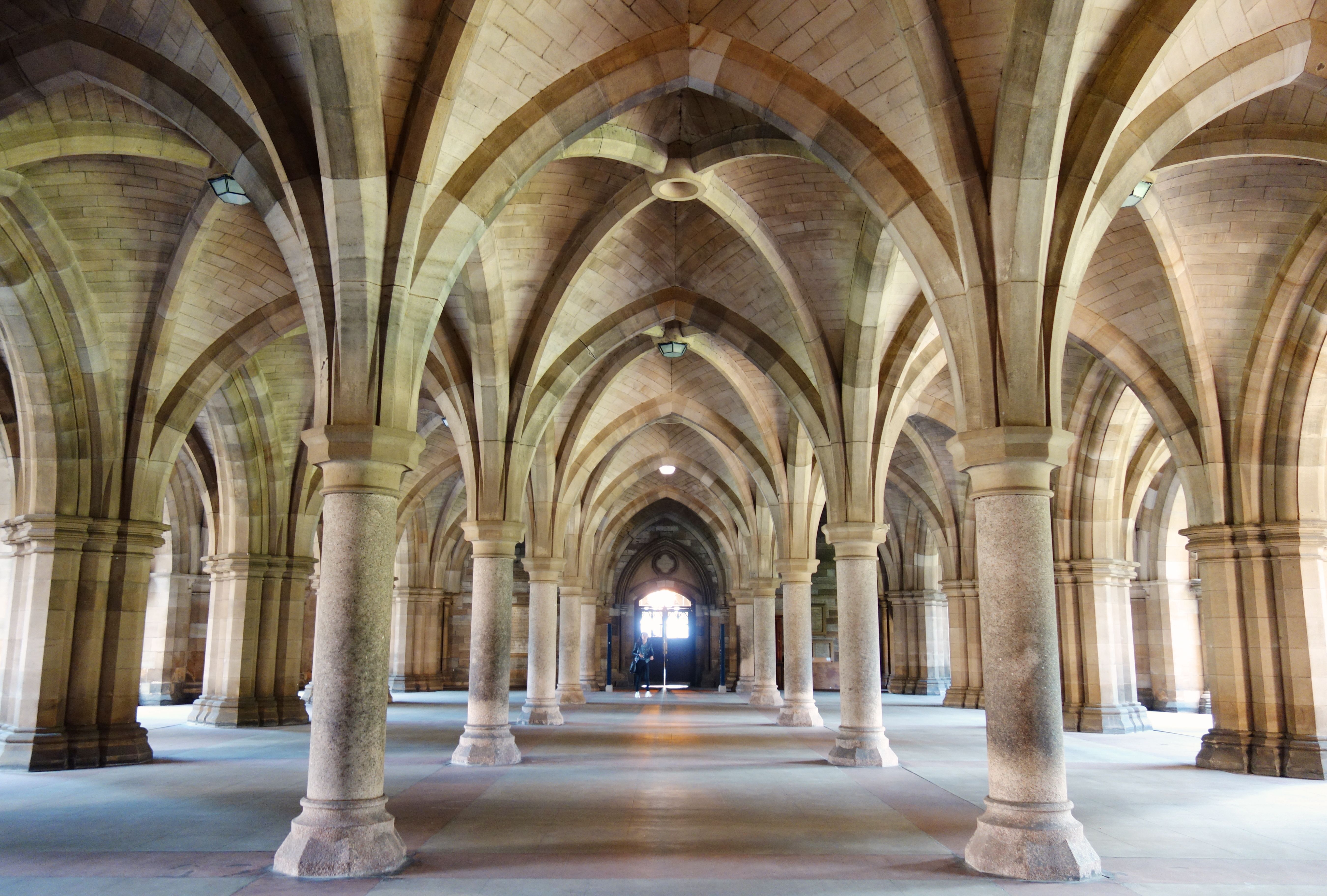24 Crystal Clear Lakes Where You Can See Straight to the Bottom
Nature’s most breathtaking wonders often lie hidden, waiting to be discovered. But in some rare and extraordinary places, the world’s beauty is laid bare in crystal-clear waters that offer an unparalleled view into the submerged world below. In this expanded journey, we unveil 24 of the clearest lakes on Earth, where the transparency of the water transforms these lakes into natural aquariums, revealing everything from ancient rock formations to thriving underwater ecosystems. These lakes are more than just scenic destinations; they are portals into aquatic realms teeming with life, history, and geological marvels. From the pristine depths of Lake Baikal in Russia to the vivid blues of New Zealand’s Blue Lake, each body of water tells a unique story shaped by natural purity, glacial origins, and environmental balance. The clarity of these lakes not only captivates the eye but also serves as a testament to their unspoiled ecosystems—a rare glimpse into the delicate harmony between land, water, and the creatures that call them home. Join us as we dive into this mesmerizing world, exploring the geological, biological, and cultural significance of these transparent lakes, and uncovering what makes each of them a true natural masterpiece.
1. Lake Baikal: The Deep Blue Giant
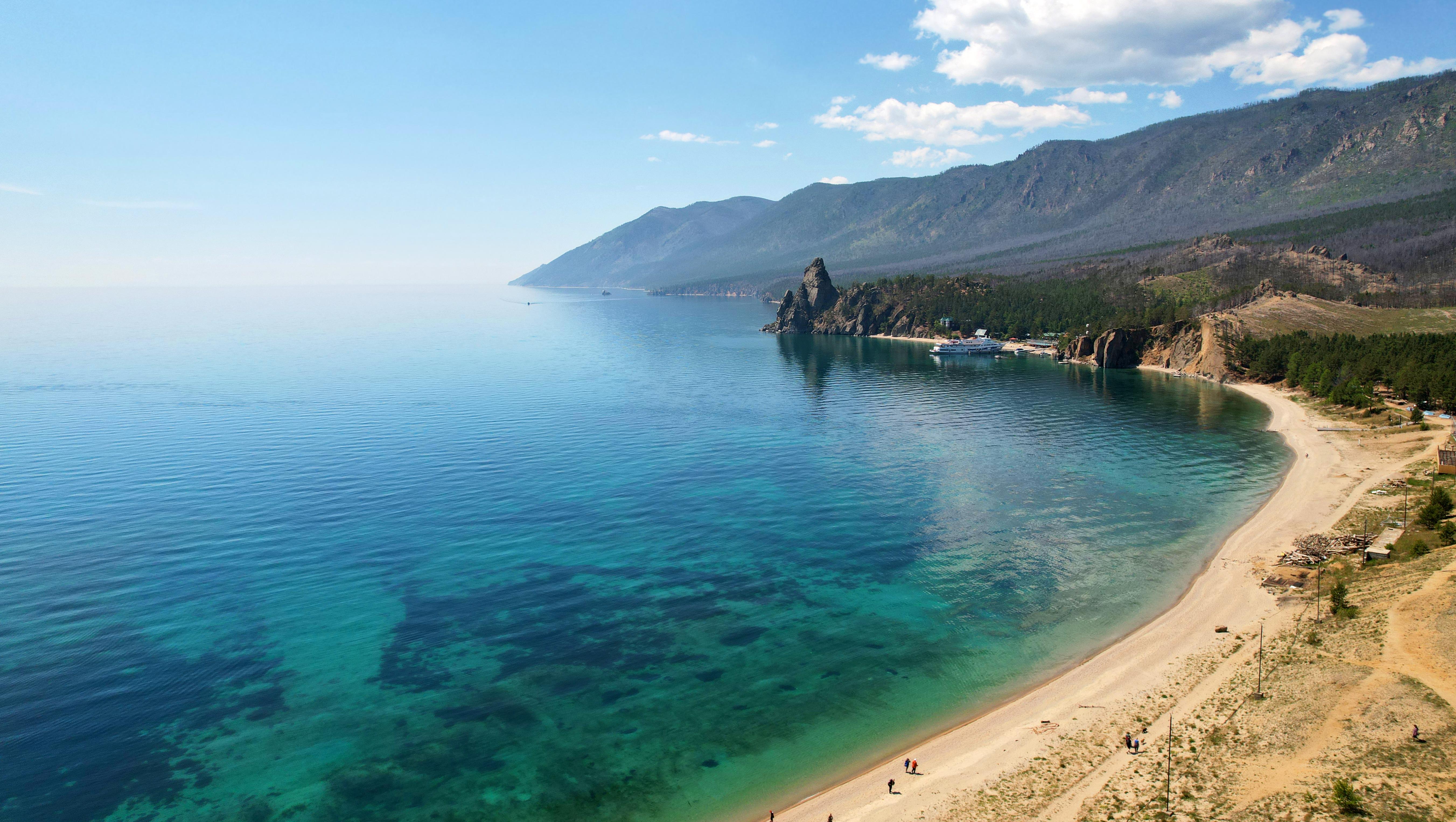
Lake Baikal in Siberia is not only the world's deepest and oldest freshwater lake but also one of its clearest. Its waters are renowned for their purity, allowing visibility to depths of up to 40 meters. This clarity is sustained by the lake's unique ecosystem, which includes the Baikal seal, the only freshwater seal species, and the golomyanka fish, which is nearly transparent and endemic to Baikal. The lake's clarity is further enhanced by the presence of sponges and other organisms that filter the water. The geological history of Lake Baikal is as fascinating as its biodiversity. Formed over 25 million years ago, it is a rift lake, created by the divergence of tectonic plates. This ancient origin has allowed a unique ecosystem to evolve, with thousands of species found nowhere else on Earth. The lake's depth and clarity provide a perfect environment for scientific research, offering insights into climate change, evolutionary biology, and freshwater ecology. As we explore Lake Baikal, we uncover not only its natural beauty but also its significance as a living laboratory.
2. Lake Tahoe: A Jewel of the Sierra Nevada
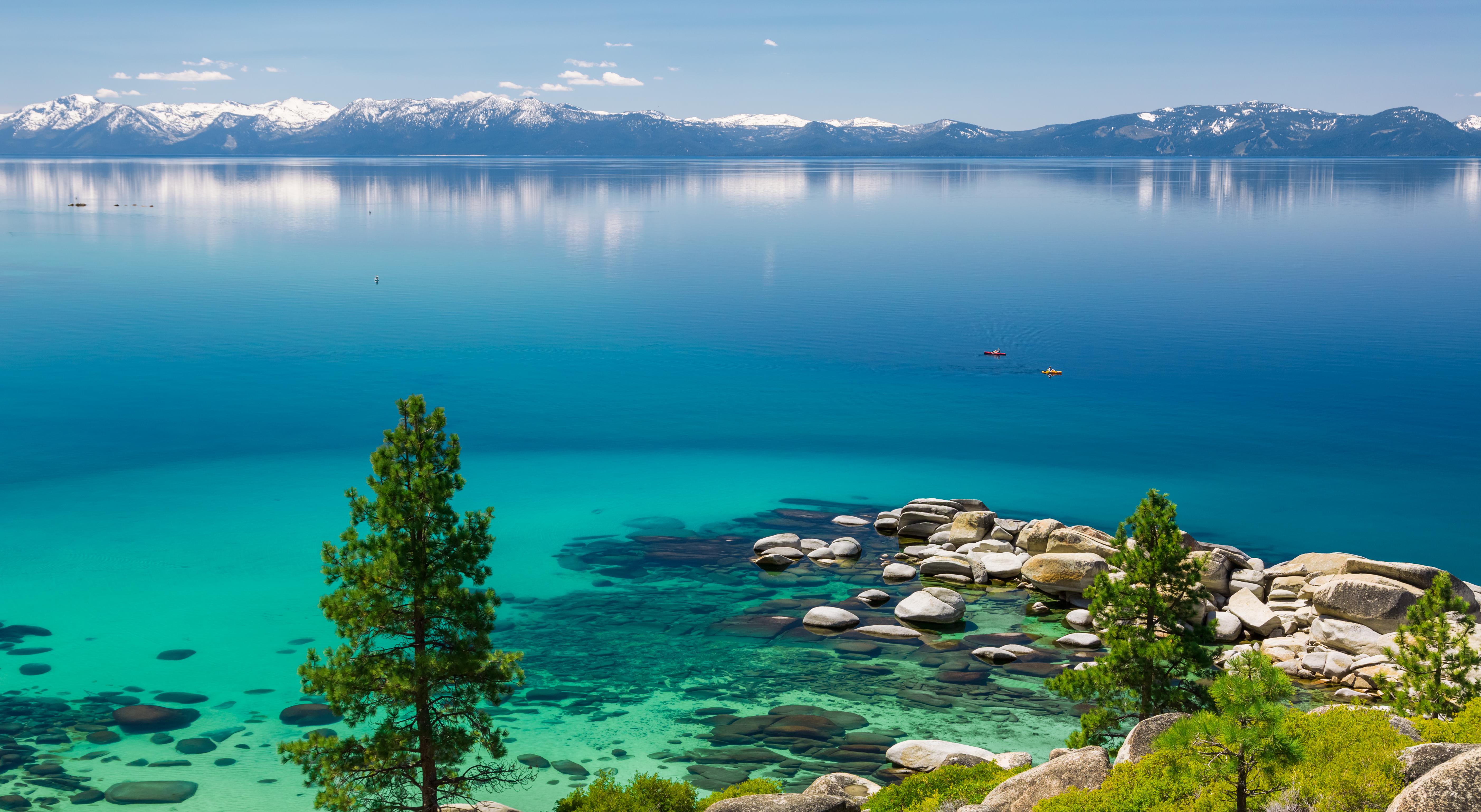
Straddling the border of California and Nevada, Lake Tahoe is celebrated for its stunning clarity and vibrant blue hue. With visibility extending up to 21 meters, it is one of North America's clearest lakes. This clarity is due to the lake's high altitude, low nutrient levels, and the granite bedrock that surrounds it, which minimizes sediment runoff. The cold, clear waters of Lake Tahoe are home to a diverse array of fish species, including the native Lahontan cutthroat trout, which has been successfully reintroduced in recent years. Lake Tahoe's beauty is matched by its cultural and recreational significance. It has been a destination for outdoor enthusiasts for generations, offering activities such as skiing, hiking, and boating. The lake's pristine waters are protected by stringent environmental regulations, reflecting a community commitment to preserving its natural state. As we delve into the wonders of Lake Tahoe, we discover a place where nature and human activity coexist, each enhancing the other's allure.
3. New Zealand's Blue Lake: The World's Clearest Waters
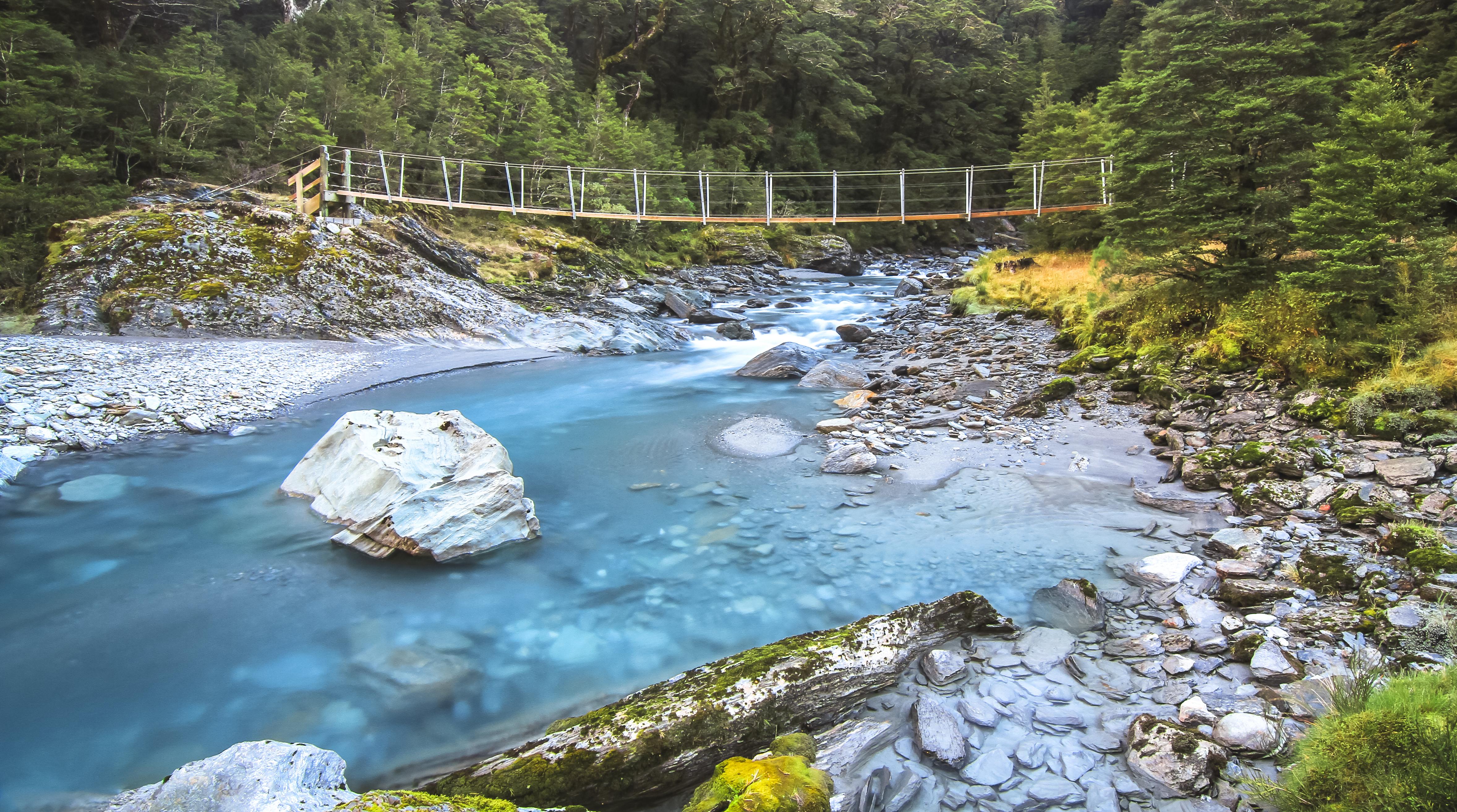
Nestled in the Nelson Lakes National Park on New Zealand's South Island, Blue Lake holds the title of the world's clearest natural body of fresh water. Known to the Māori as Rotomairewhenua, its waters are so transparent that visibility can reach up to 80 meters, surpassing even that of distilled water. This remarkable clarity is attributed to the lake's unique hydrological conditions, where water is filtered through glacial moraine and passes through another lake, Lake Constance, before reaching Blue Lake. The spiritual significance of Blue Lake to the Māori people adds a cultural dimension to its natural beauty. It is considered a sacred site, and as such, swimming is prohibited to preserve its purity. The lake's isolation and protected status have allowed its ecosystem to remain largely untouched, providing a rare glimpse into a pristine natural environment. As we explore Blue Lake, we are reminded of the importance of respecting and preserving the natural world, ensuring that such wonders endure for future generations.
4. The Enchanting Waters of Plitvice Lakes, Croatia

The Plitvice Lakes National Park in Croatia is a UNESCO World Heritage Site renowned for its cascading lakes and waterfalls. The park's 16 interconnected lakes are known for their vibrant turquoise and green hues, a result of the interplay between sunlight, water, and the limestone bedrock. The lakes' clarity is further enhanced by the constant deposition of travertine, a form of limestone, which creates natural barriers and maintains water purity. The biodiversity of Plitvice Lakes is as captivating as its scenery. The park is home to a wide range of flora and fauna, including rare and endemic species. The lakes and surrounding forests provide habitat for bears, wolves, and over 120 species of birds. The dynamic environment of Plitvice Lakes, where water continuously carves new pathways through the landscape, offers a living testament to the power and beauty of natural processes. As we journey through this enchanting park, we are inspired by the harmonious relationship between water and land.
5. Lake Königssee: Bavaria's Emerald Gem
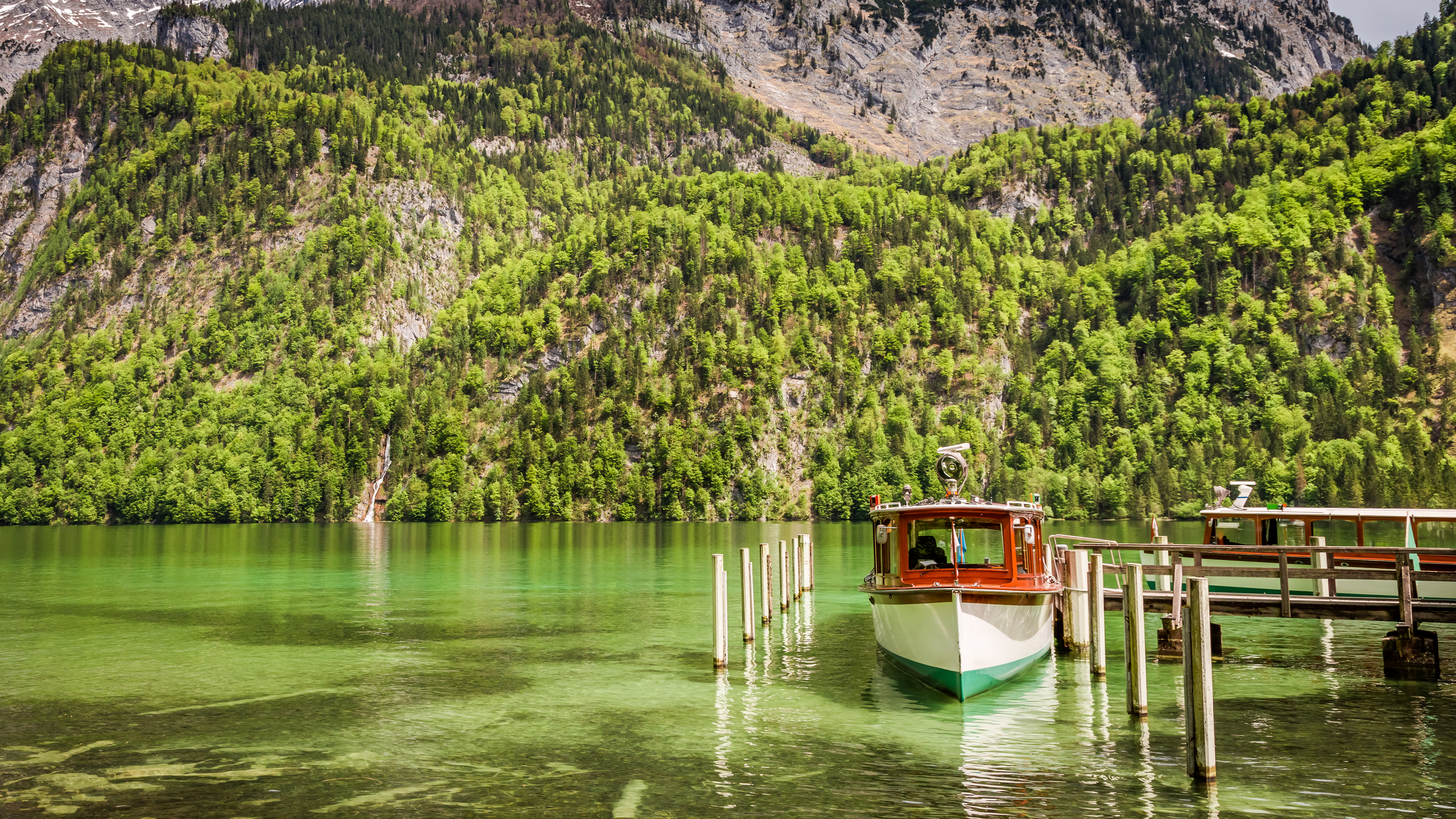
Tucked away in the Bavarian Alps, Lake Königssee is often likened to a fjord due to its narrow, elongated shape and steep surrounding mountains. Its emerald-green waters are among the cleanest in Germany, with visibility extending to depths of 20 meters. The lake's clarity is maintained by strict environmental regulations, including a ban on gasoline-powered boats, which helps to preserve its natural state. Lake Königssee is not only a natural wonder but also a cultural icon. The lake is home to the historic St. Bartholomew's Church, a pilgrimage site that dates back to the 12th century. Visitors can explore the lake by electric boat, taking in the breathtaking scenery and the echo phenomenon, where sounds reverberate off the surrounding cliffs. As we explore Lake Königssee, we discover a place where natural beauty and cultural heritage intertwine, creating a unique and unforgettable experience.
6. The Mystical Waters of Crater Lake, Oregon
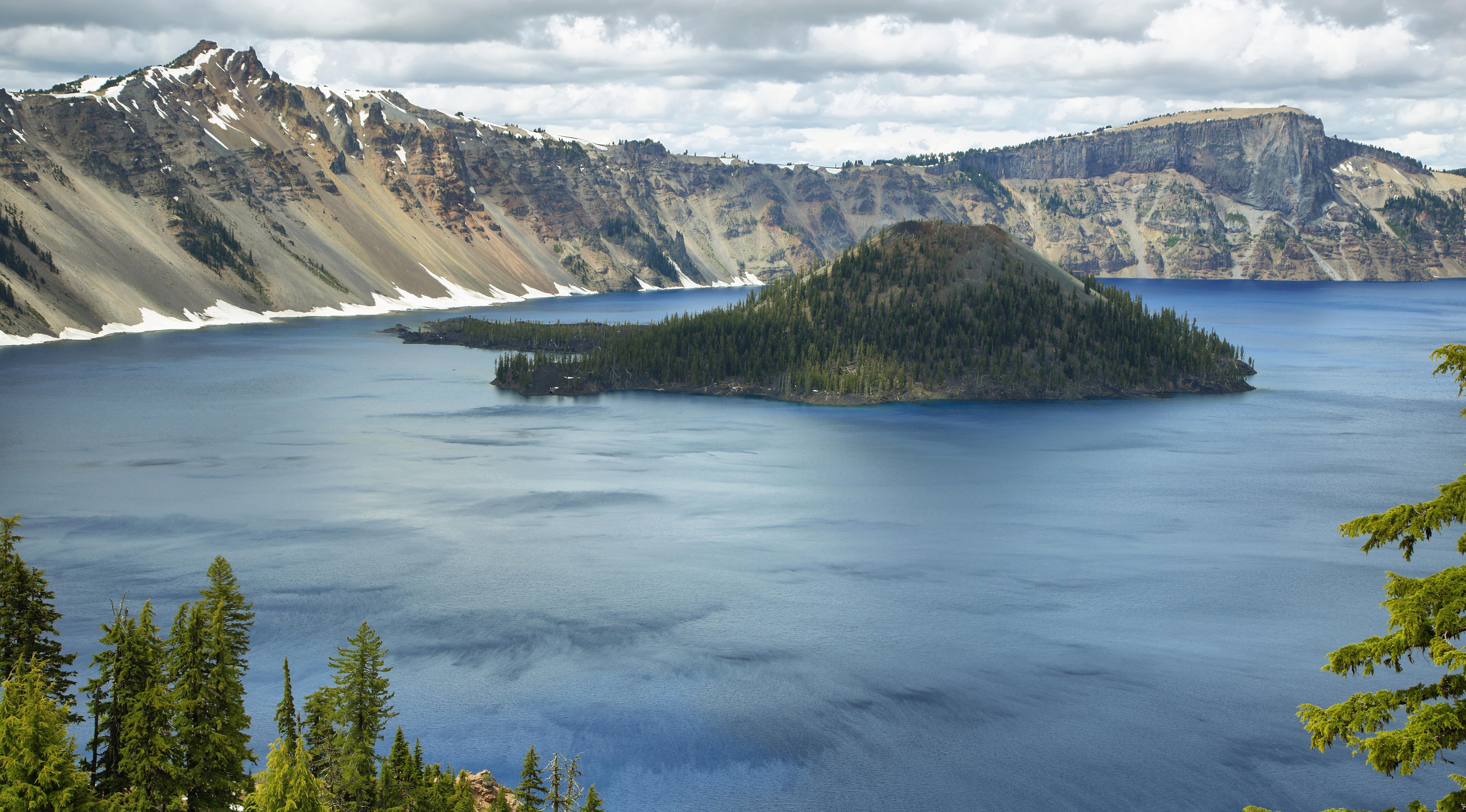
Crater Lake in Oregon is a geological marvel, formed by the collapse of Mount Mazama over 7,000 years ago. It is the deepest lake in the United States, with a maximum depth of 594 meters, and its striking blue color and clarity are a result of its depth and purity. The lake has no inlets or outlets, meaning it is fed solely by precipitation, which helps to maintain its pristine condition. The clarity of Crater Lake allows for exceptional visibility, with depths of up to 30 meters visible on a clear day. The lake's unique ecosystem includes the Mazama newt, a species found only in this region. Crater Lake's isolation and protected status within a national park ensure that its natural beauty remains unspoiled. As we delve into the mystical waters of Crater Lake, we are reminded of the power of nature to create and preserve breathtaking landscapes.
7. The Pristine Beauty of Lake Mashu, Japan
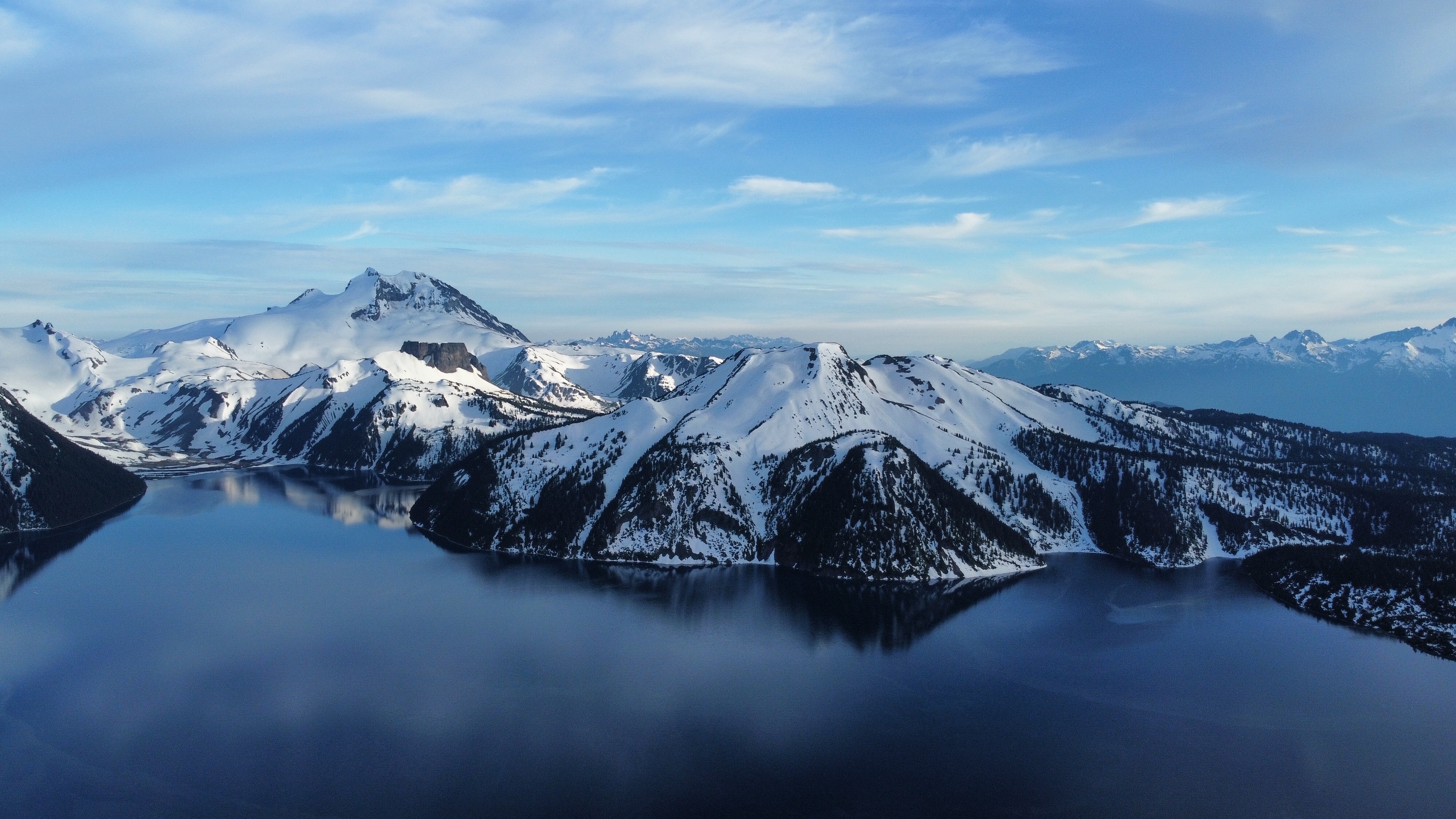
Lake Mashu, located in Akan Mashu National Park on Japan's northern island of Hokkaido, is often referred to as the "Lake of the Gods" due to its ethereal beauty. The lake is situated in a caldera and is known for its remarkable clarity, with visibility often exceeding 20 meters. The surrounding cliffs and dense forests add to the lake's mystique, creating a serene and otherworldly atmosphere. Lake Mashu's clarity is maintained by its isolation and limited human impact, as access to the lake's shores is restricted to preserve its natural state. The lake's ecosystem is home to a variety of fish species, including the indigenous kokanee salmon, which thrive in its clear waters. As we explore Lake Mashu, we are transported to a place where nature reigns supreme, offering a glimpse into a world untouched by time.
8. The Sapphire Waters of Lake Pukaki, New Zealand
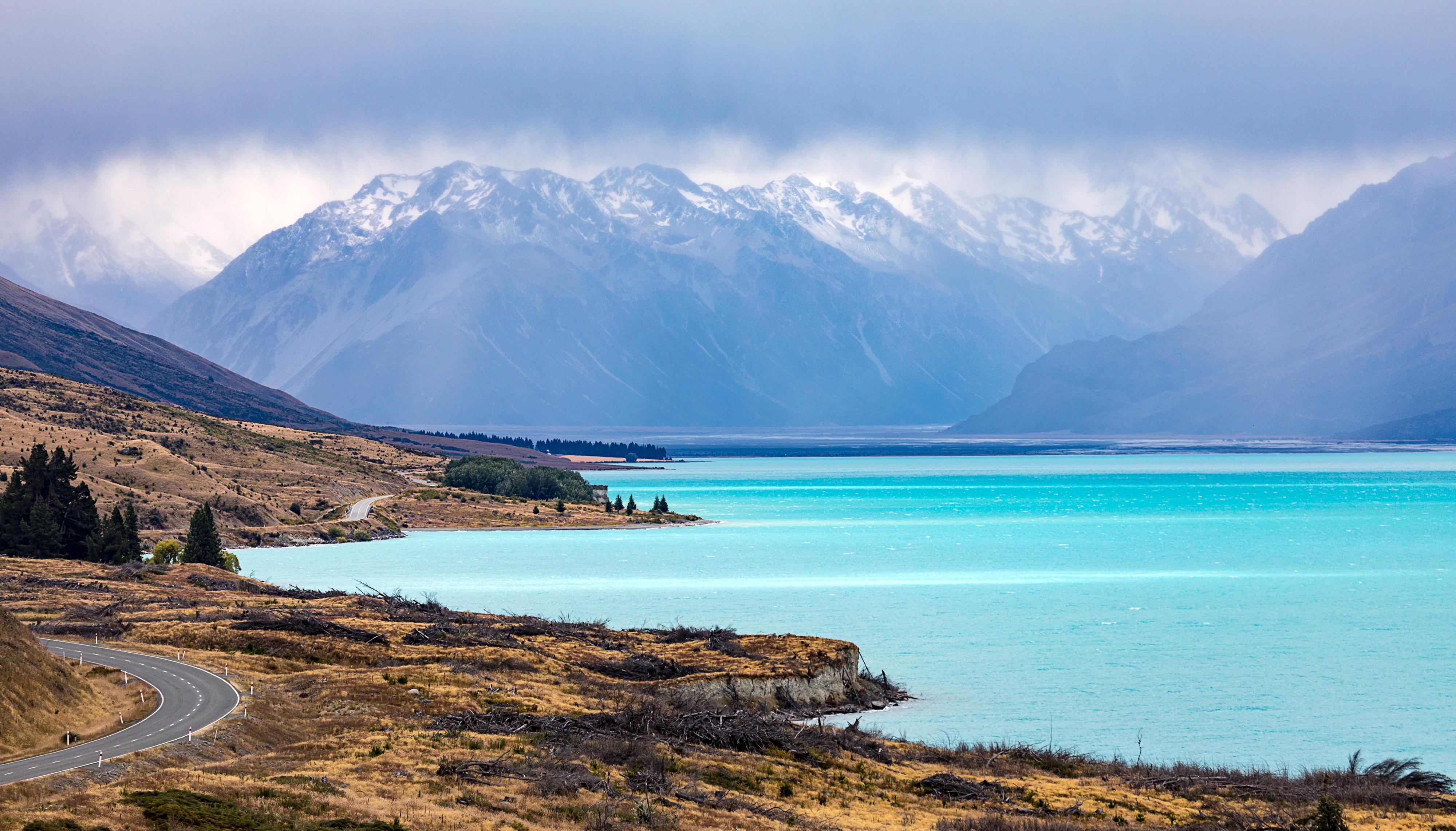
Lake Pukaki, located in the Mackenzie Basin of New Zealand's South Island, is renowned for its stunning turquoise color, a result of finely ground rock particles known as "glacial flour" suspended in the water. The lake's clarity and vibrant hue are complemented by the breathtaking backdrop of the Southern Alps, including the iconic Aoraki/Mount Cook, New Zealand's highest peak. Lake Pukaki's pristine waters are fed by glacial meltwater from the surrounding mountains, contributing to its exceptional clarity. The lake is a popular destination for outdoor enthusiasts, offering opportunities for fishing, boating, and hiking. As we explore the sapphire waters of Lake Pukaki, we are reminded of the interconnectedness of nature, where geological processes shape landscapes and create environments of unparalleled beauty.
9. The Tranquil Waters of Lake McKenzie, Australia
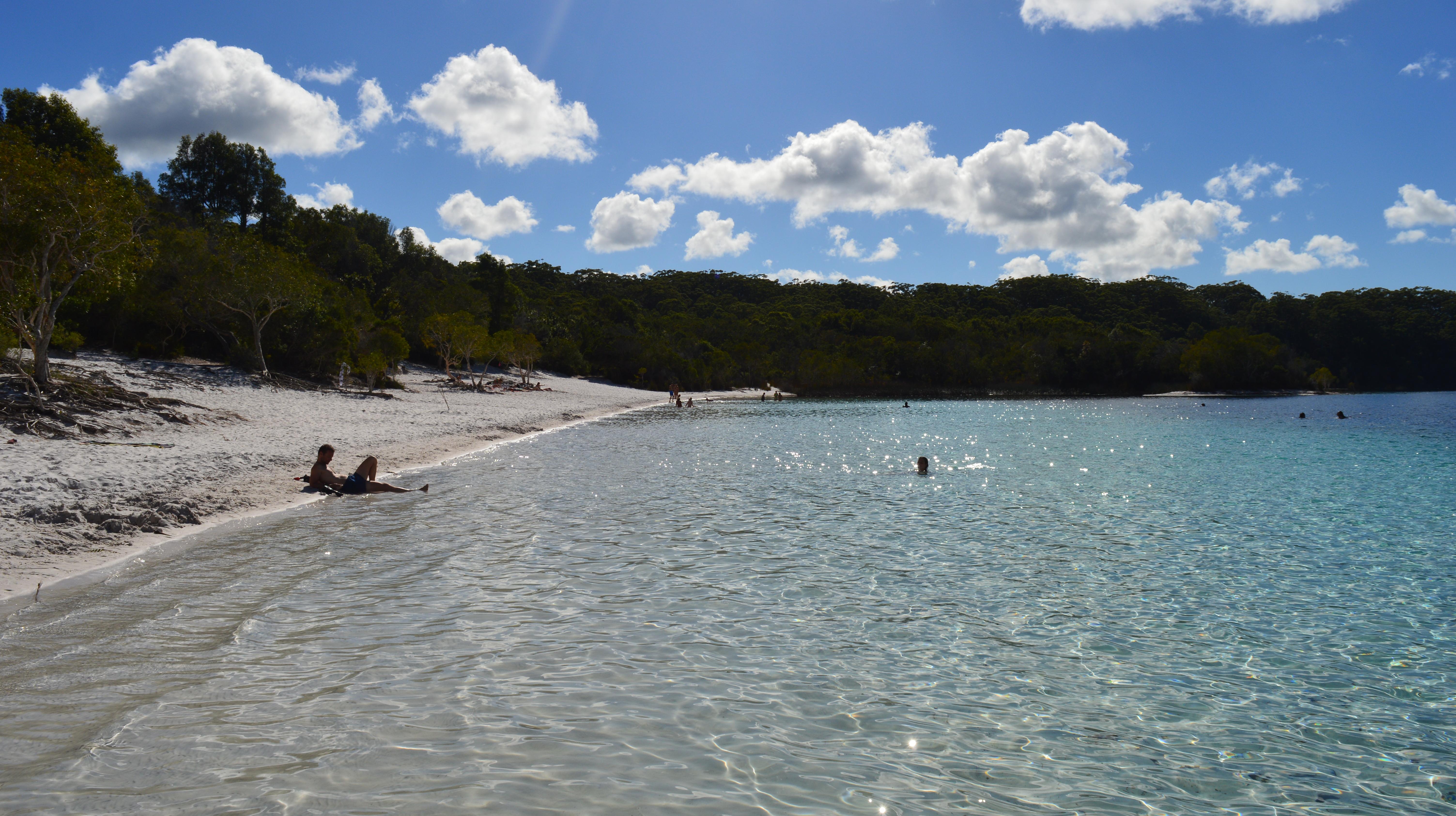
Lake McKenzie, located on Fraser Island off the coast of Queensland, Australia, is a perched lake, meaning it sits above the water table and is filled solely by rainwater. Its crystal clear waters are a result of the pure white silica sand that lines the lakebed, which acts as a natural filter, maintaining the lake's clarity. The lake's vibrant blue and green hues are a striking contrast to the surrounding eucalypt forests. Lake McKenzie's unique ecosystem supports a variety of plant and animal species, including rare and endemic flora. The lake is a popular destination for visitors to Fraser Island, offering a tranquil setting for swimming and relaxation. As we explore the tranquil waters of Lake McKenzie, we are reminded of the delicate balance of ecosystems and the importance of preserving these natural wonders for future generations.
10. The Serene Beauty of Lake Bohinj, Slovenia
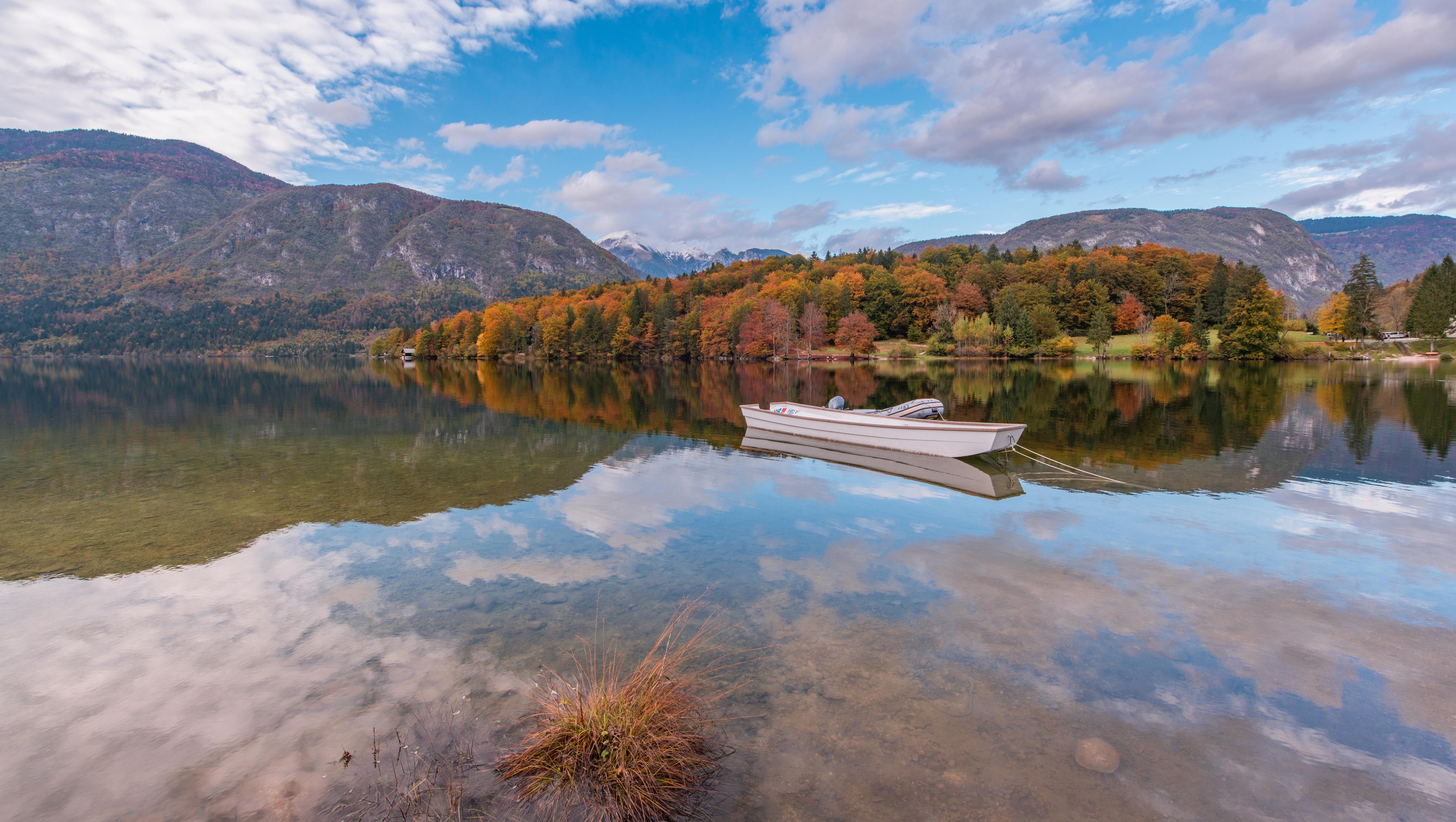
Lake Bohinj, nestled in the Julian Alps of Slovenia, is the country's largest permanent lake and a hidden gem of natural beauty. Its clear waters are fed by glacial meltwater and underground springs, contributing to its exceptional clarity. The lake is surrounded by lush forests and towering peaks, creating a serene and picturesque setting. Lake Bohinj's ecosystem is home to a variety of fish species, including the native marble trout, which thrives in its clear waters. The lake is a popular destination for outdoor enthusiasts, offering activities such as kayaking, hiking, and fishing. As we explore the serene beauty of Lake Bohinj, we are reminded of the importance of preserving natural habitats and the role they play in sustaining biodiversity.
11. The Untouched Wilderness of Lake Pehoé, Chile
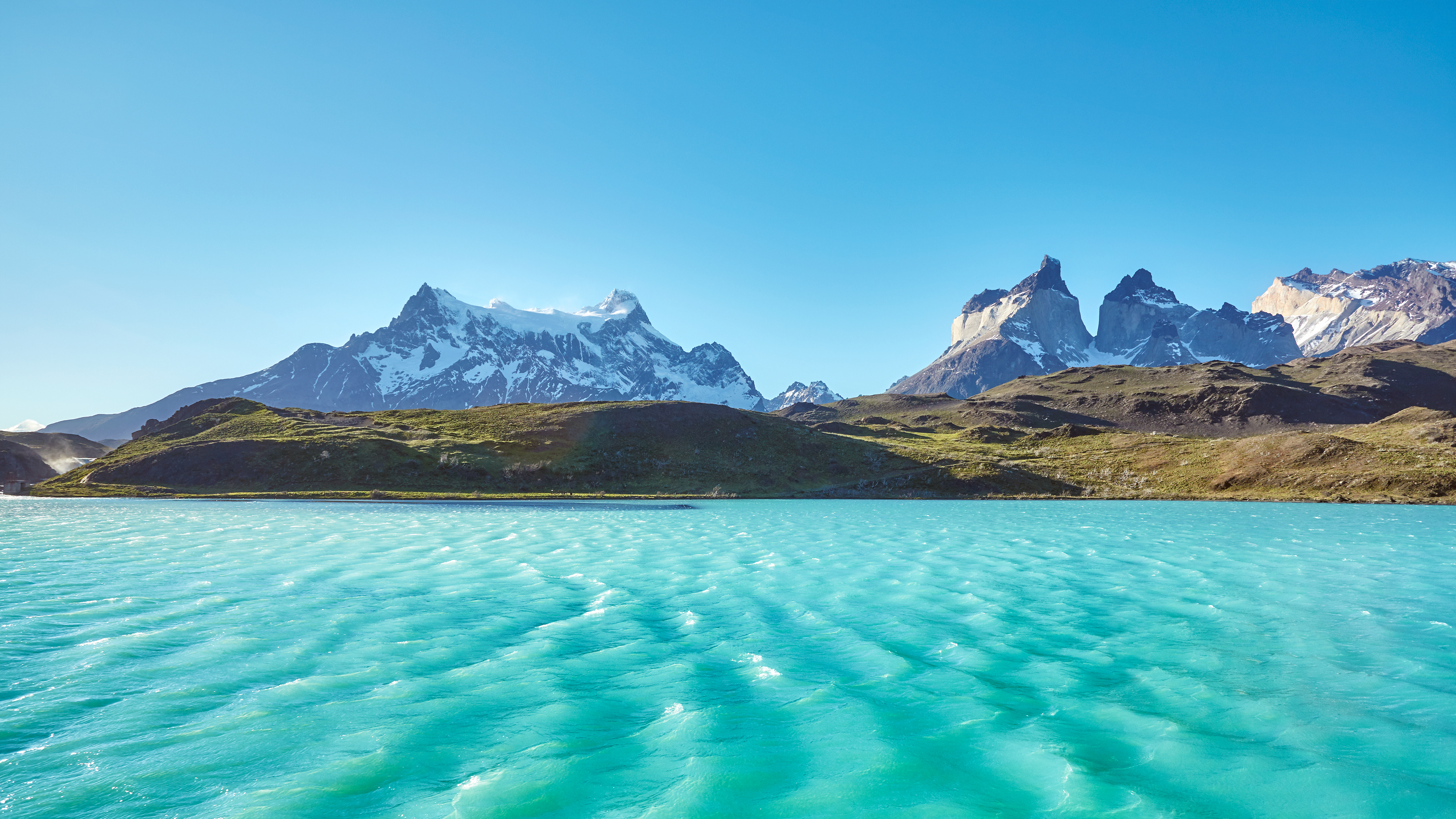
Lake Pehoé, located in Torres del Paine National Park in Chilean Patagonia, is renowned for its stunning turquoise color and dramatic mountain backdrop. The lake's clarity is a result of glacial meltwater and minimal human impact, allowing for exceptional visibility. The surrounding landscape is characterized by rugged peaks, glaciers, and pristine wilderness, creating a breathtaking setting. Lake Pehoé's ecosystem is home to a variety of wildlife, including guanacos, condors, and pumas. The lake is a popular destination for hikers and nature enthusiasts, offering opportunities to explore the park's diverse landscapes and witness its unique flora and fauna. As we explore the untouched wilderness of Lake Pehoé, we are reminded of the importance of preserving natural environments and the role they play in supporting biodiversity.
12. The Enigmatic Waters of Five-Flower Lake, China

Five-Flower Lake, located in Jiuzhaigou Valley National Park in Sichuan, China, is renowned for its vibrant colors and exceptional clarity. The lake's unique hues, ranging from turquoise to emerald green, are a result of mineral deposits, algae, and submerged tree trunks that create a kaleidoscope of colors. The lake's clarity is further enhanced by the presence of calcium carbonate, which acts as a natural filter. Five-Flower Lake's ecosystem is home to a variety of plant and animal species, including the endangered giant panda, which inhabits the surrounding forests. The lake is a popular destination for visitors to Jiuzhaigou Valley, offering a glimpse into a world of natural beauty and wonder. As we explore the enigmatic waters of Five-Flower Lake, we are reminded of the importance of preserving natural habitats and the role they play in sustaining biodiversity.
13. The Pristine Waters of Lake Malawi, Africa
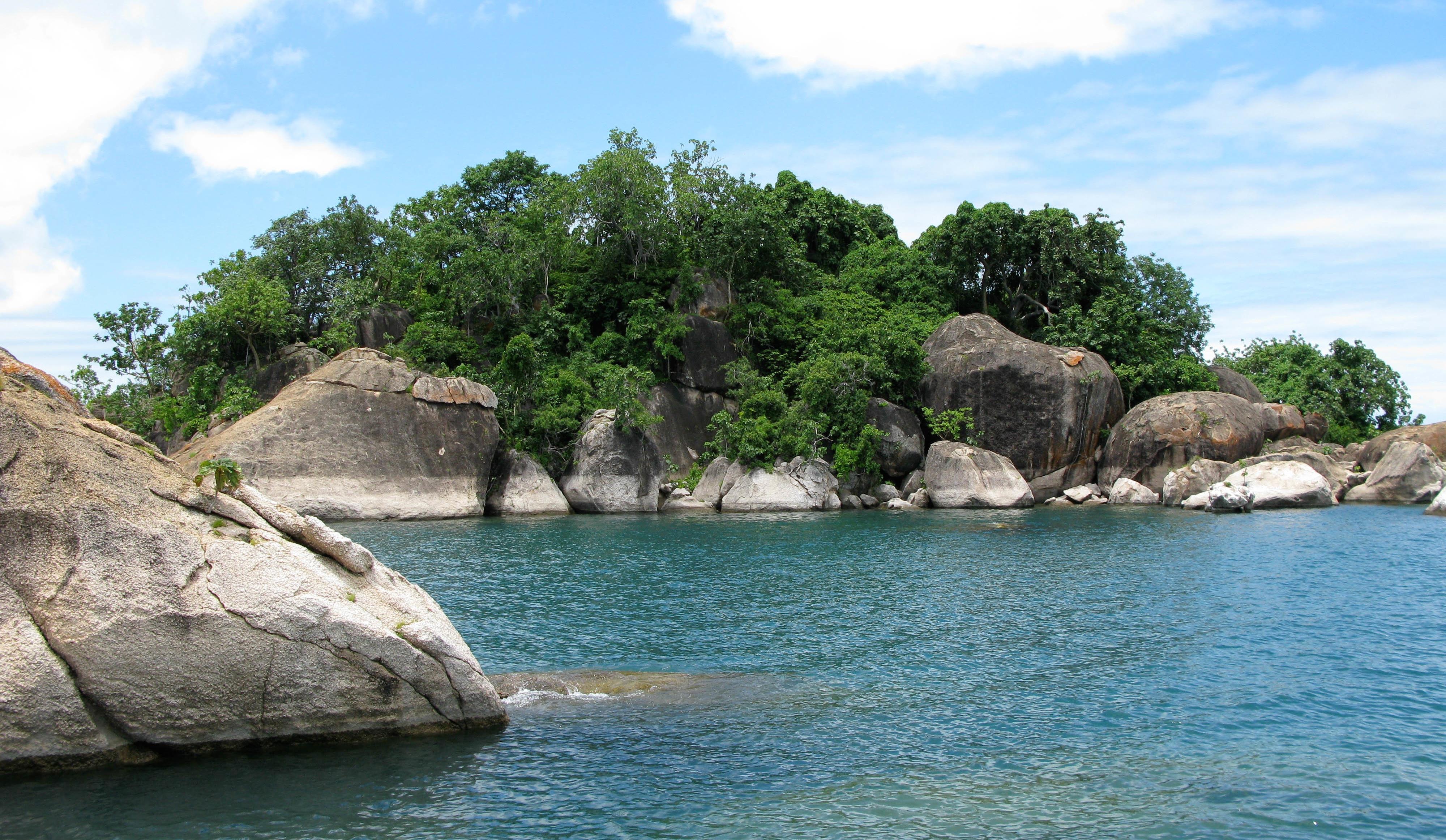
Lake Malawi, located in southeastern Africa, is one of the world's most biodiverse freshwater ecosystems, home to over 1,000 species of fish, many of which are found nowhere else on Earth. The lake's clear waters are a result of its depth and minimal sediment inflow, allowing for exceptional visibility. The surrounding landscape is characterized by rocky shores, sandy beaches, and lush forests. Lake Malawi's unique ecosystem supports a variety of plant and animal species, including the iconic cichlid fish, which display a dazzling array of colors and patterns. The lake is a popular destination for snorkeling and diving, offering opportunities to explore its vibrant underwater world. As we explore the pristine waters of Lake Malawi, we are reminded of the importance of preserving natural habitats and the role they play in supporting biodiversity.
14. Green Lake (Grüner See) – Austria: A Seasonal Wonder Beneath the Alps
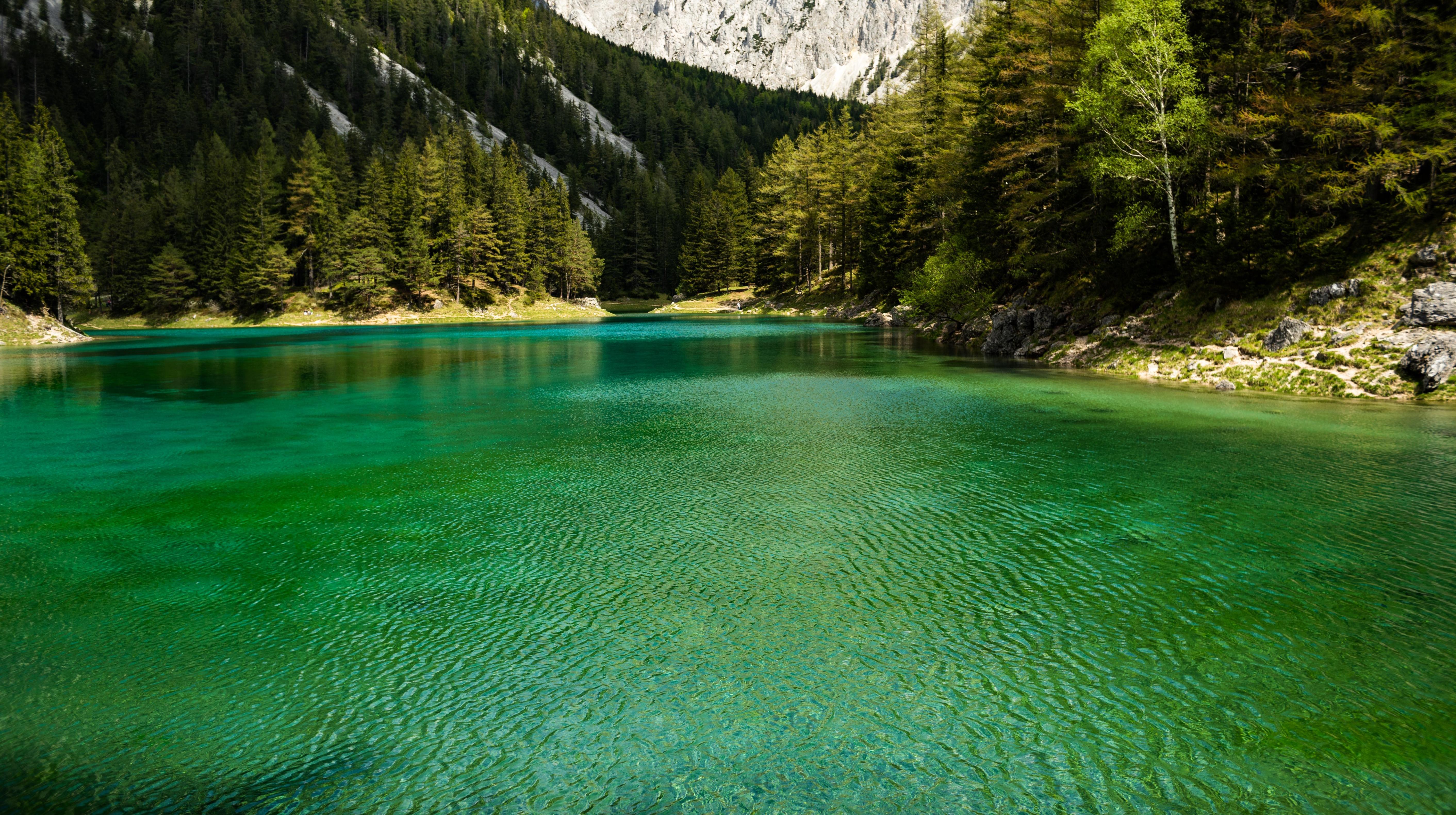
Nestled in the Austrian Alps, Grüner See (Green Lake) is one of the world’s most surreal and unique bodies of water. What makes this lake truly extraordinary is its seasonal transformation—for most of the year, it appears as a lush green meadow with winding trails, wooden benches, and towering pine trees. But when spring arrives and the snow from the Hochschwab Mountains melts, the valley becomes flooded, turning the meadow into an underwater paradise. During peak flooding, Green Lake reaches depths of up to 12 meters (40 feet), completely submerging the walking paths, footbridges, and even park benches that were once part of the landscape. Because the water comes from freshly melted ice, it is crystal clear, with a breathtaking turquoise-green hue that allows for visibility of up to 30 meters (100 feet). Divers who explore the submerged park experience an otherworldly scene, gliding past perfectly intact footpaths and alpine plants swaying beneath the surface. The lake remains flooded only for a few months, typically from May to July, before slowly receding as the summer heat evaporates the water. By the end of the season, the park is dry once again, leaving behind no trace of its underwater transformation. This ephemeral beauty makes Green Lake one of the most unique clear lakes on Earth, offering a rare glimpse into nature’s ability to reshape landscapes in mesmerizing ways.
15. Lake Teletskoye, Russia – The "Younger Sibling" of Baikal
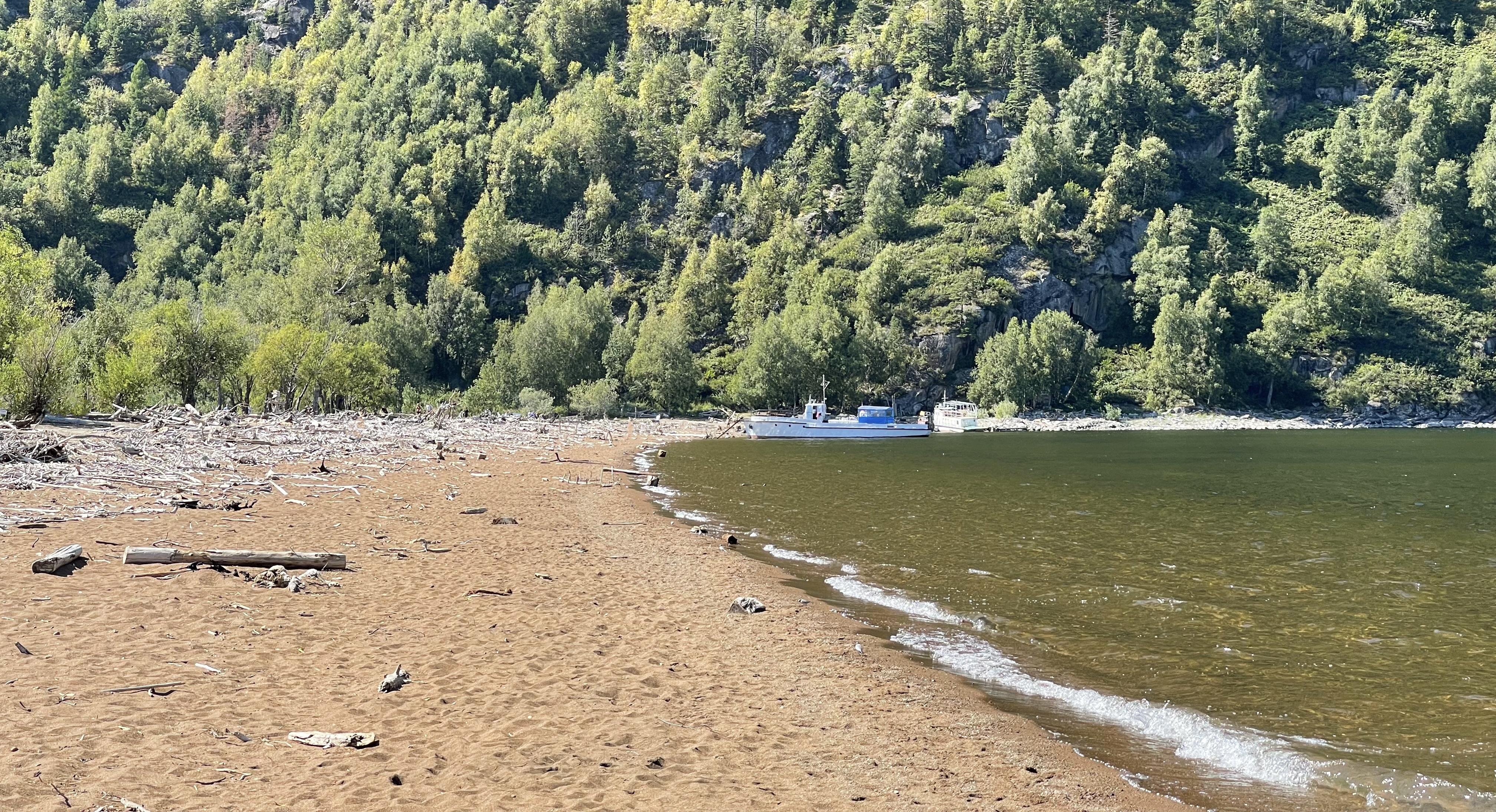
Often overshadowed by its more famous cousin, Lake Baikal, Lake Teletskoye in Siberia is one of Russia’s purest and most untouched bodies of water. Nestled in the Altai Mountains, this glacial lake is known for its deep blue waters, which remain pristine due to its remote location and protected status within the Altai Nature Reserve. With visibility up to 30 meters, the lake reflects the surrounding alpine forests like a giant natural mirror. Legends from the indigenous Altai people claim that the lake holds mystical properties, and its unspoiled clarity adds to its mythical allure.
16. Lake Annecy, France – The Purest Lake in Europe
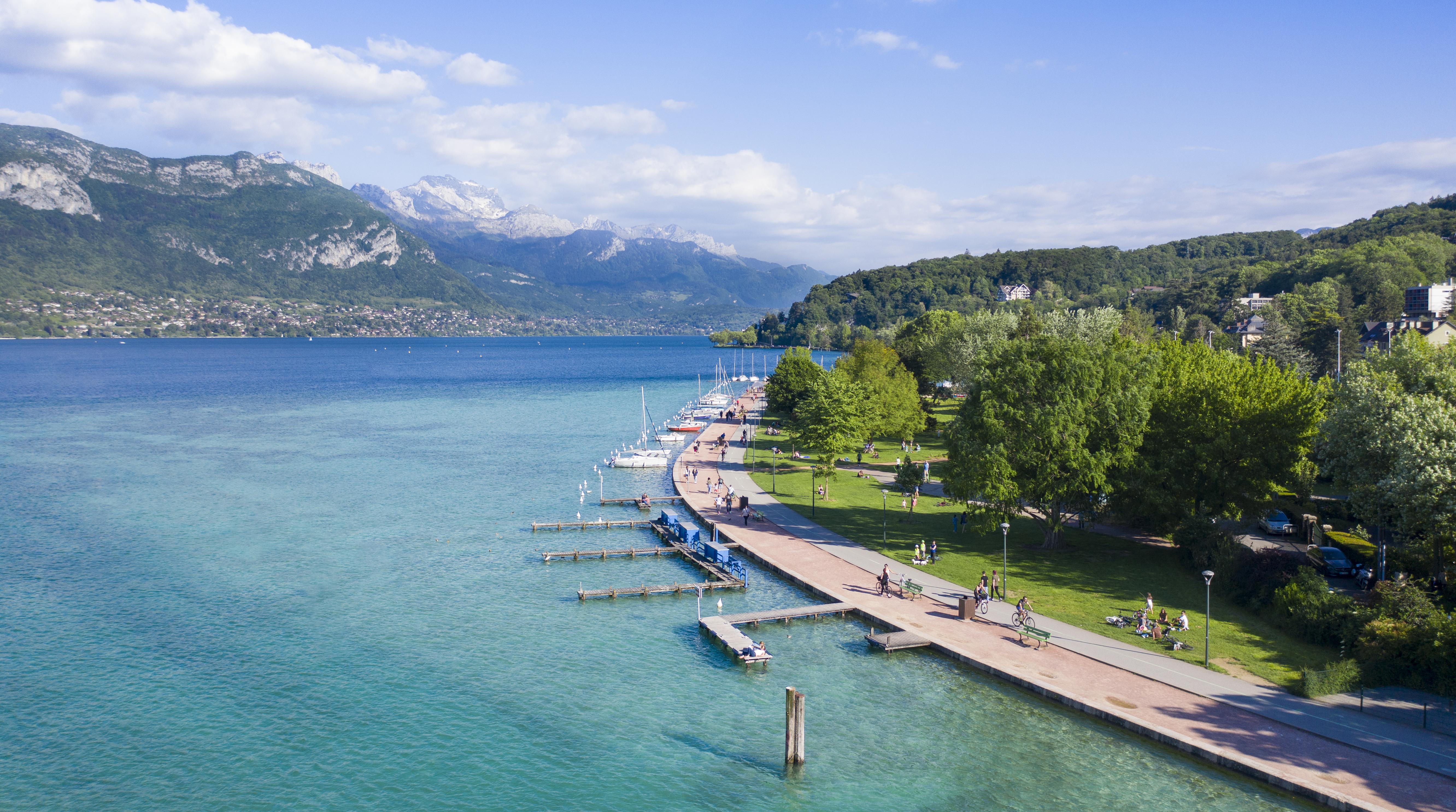
Located in the French Alps, Lake Annecy is often referred to as the cleanest lake in Europe, thanks to strict environmental protections that have preserved its clarity for centuries. Its visibility extends over 15 meters, allowing visitors to see schools of fish darting through the turquoise water. The lake's beauty is complemented by the medieval charm of Annecy, a town known as the "Venice of the Alps" for its picturesque canals and mountain views. Whether by boat, paddleboard, or a simple lakeside stroll, visitors are mesmerized by the lake's stunning purity.
17. Torch Lake, USA – Michigan’s Caribbean-Like Oasis
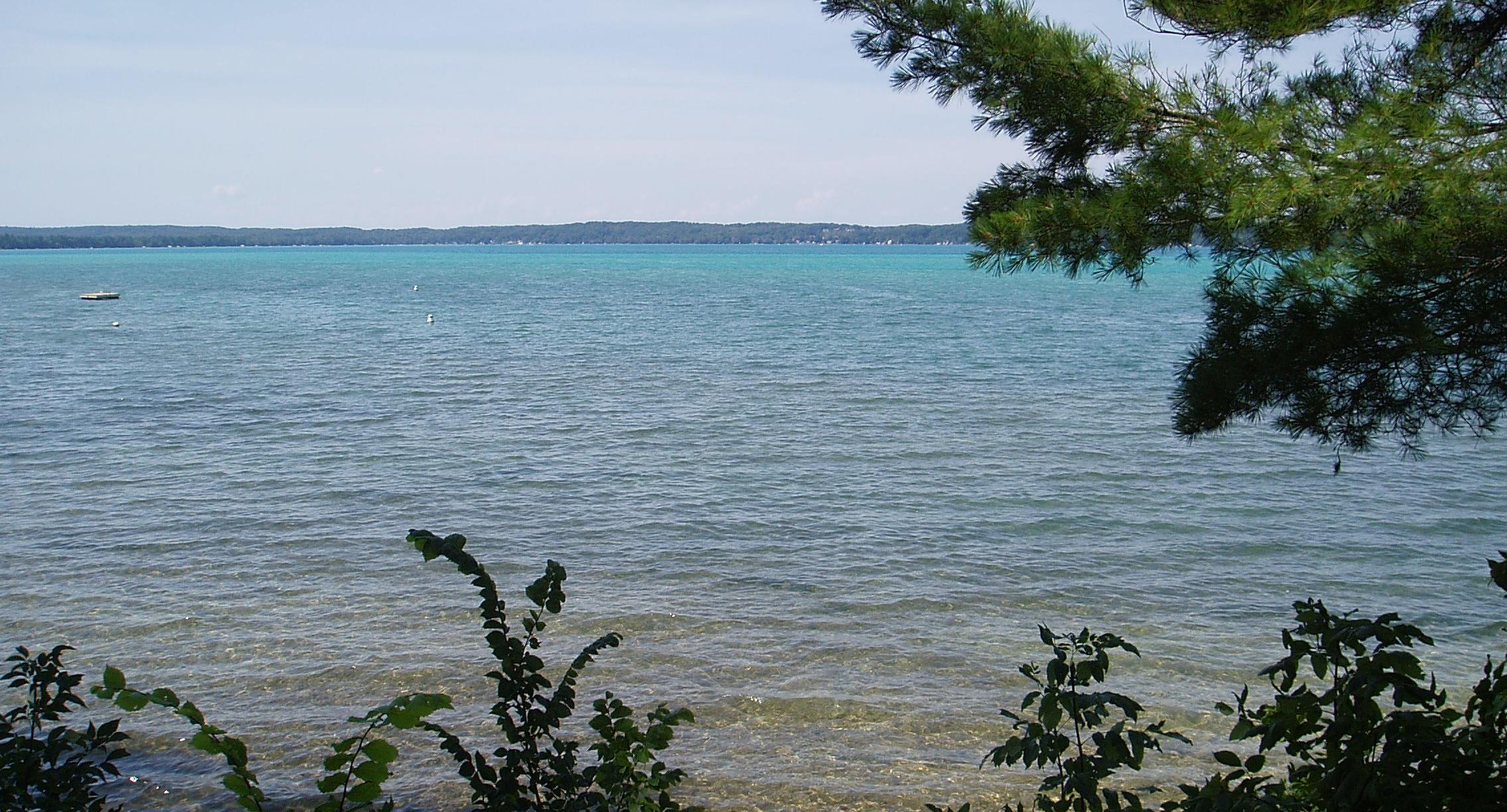
Torch Lake, located in northern Michigan, boasts some of the bluest, clearest waters in North America—so much so that it’s often compared to the Caribbean. Formed by ancient glaciers, its visibility can exceed 10 meters, revealing a stunning sandy bottom that glows in varying shades of blue. The lake’s unusual clarity comes from its low levels of nutrients and pollutants, making it a favorite for boating, snorkeling, and swimming. Its famous sandbar, where the water remains shallow and crystal-clear, is a prime summer hotspot.
18. Lake Sylvenstein, Germany – The Bavarian Blue Lagoon
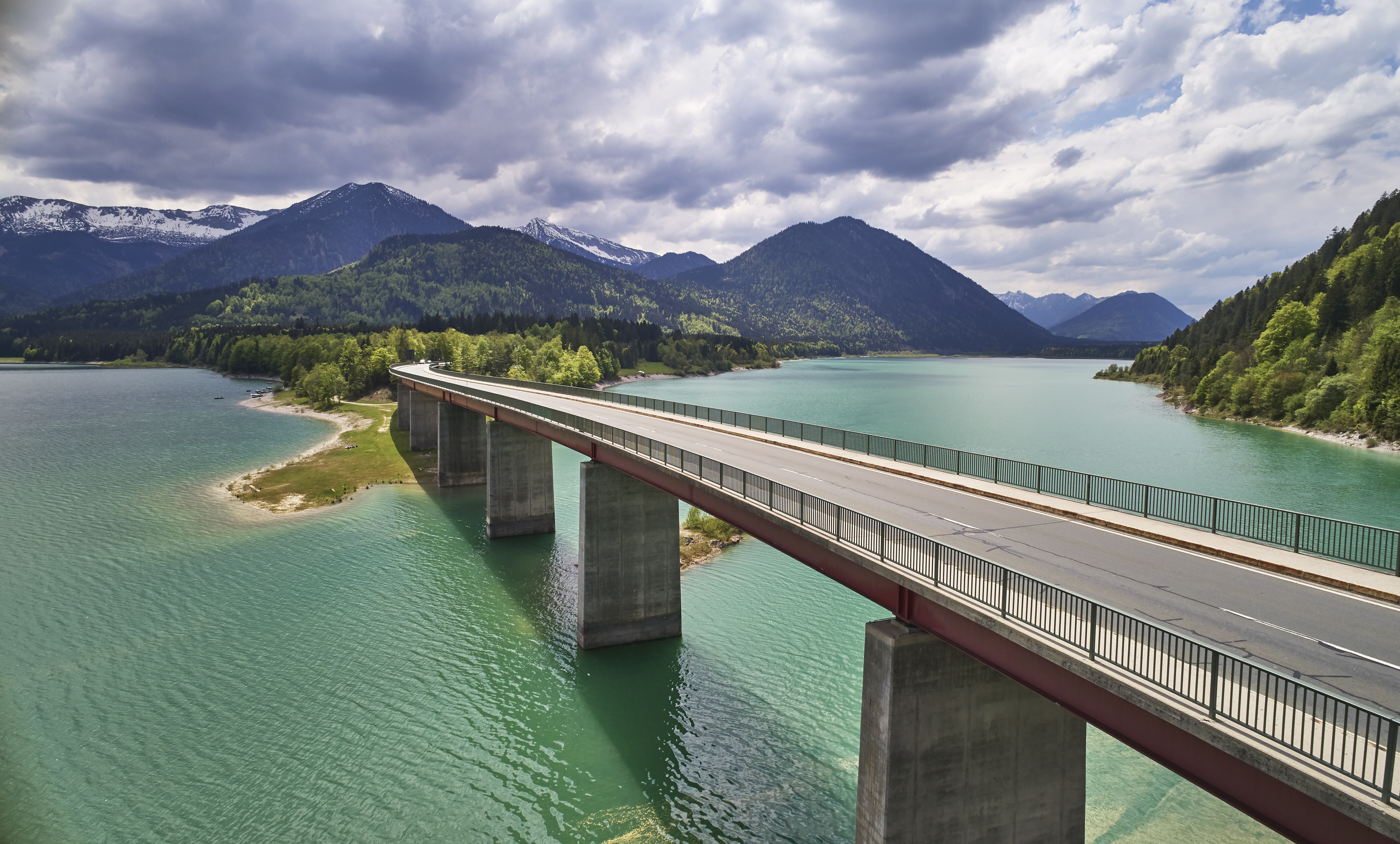
Tucked within the Bavarian Alps, Lake Sylvenstein is an artificial lake that looks straight out of a fairytale. While many man-made lakes suffer from murky waters, Sylvenstein boasts astonishing clarity, with deep blue and emerald hues that shift with the light. The surrounding forests and towering mountains create breathtaking reflections on the water, making it one of Germany’s most picturesque hidden gems. Despite being relatively unknown outside of Bavaria, those who visit often describe it as "Europe's hidden paradise."
19. Melissani Cave Lake, Greece – A Sunlit Underworld
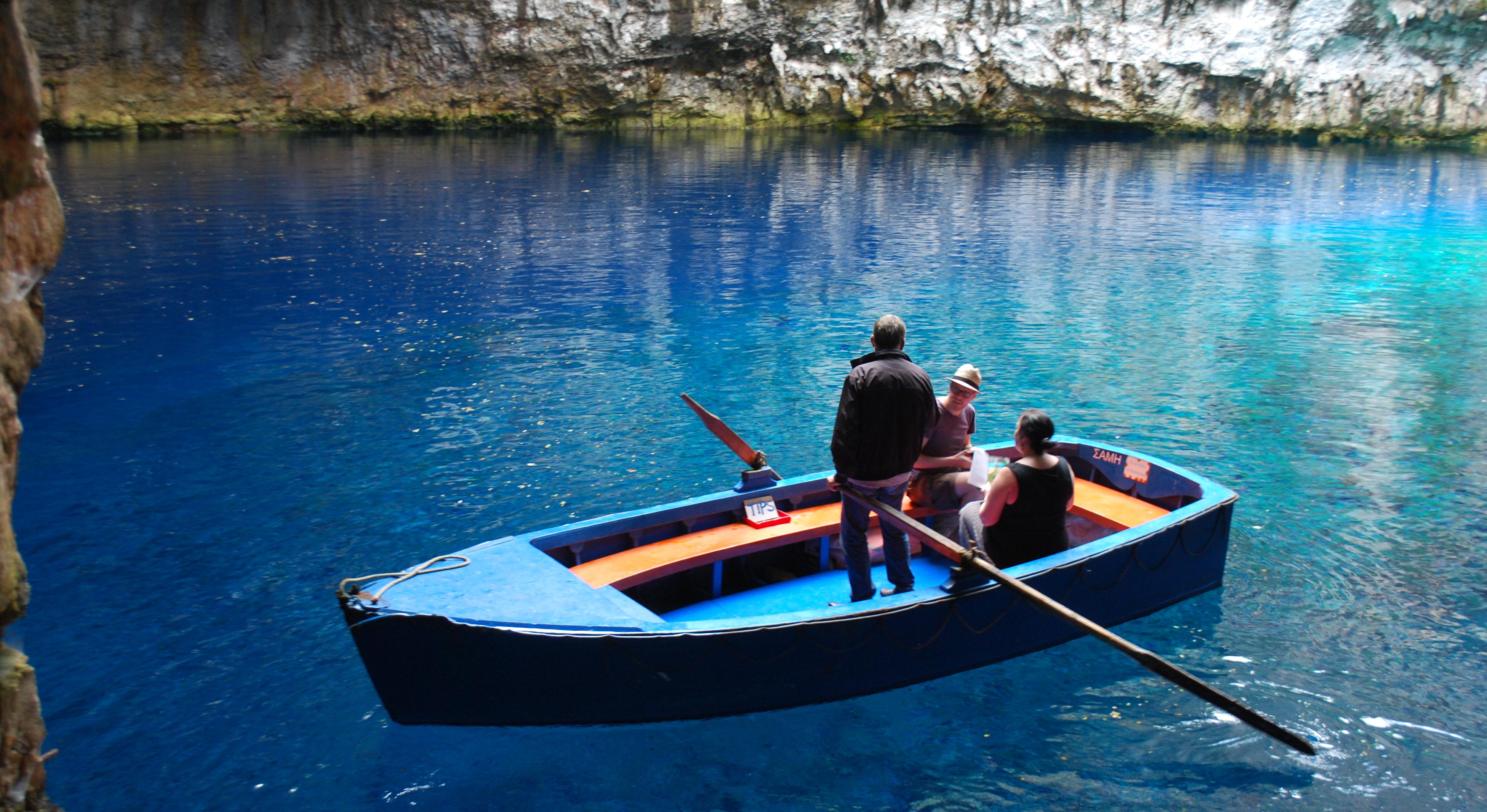
Hidden within a collapsed cave on the Greek island of Kefalonia, Melissani Lake is a crystal-clear, underground marvel. When the midday sun shines directly through the cave’s collapsed roof, the water turns an electric shade of blue, illuminating the ancient stalactites and rock formations beneath the surface. The lake is thought to have been a sacred site to the ancient Greeks, with myths claiming it was once the home of nymphs. Today, visitors glide across the transparent waters in small rowboats, feeling as if they’ve entered another world.
20. Lago di Sorapis, Italy – The "Glacial Jewel" of the Dolomites
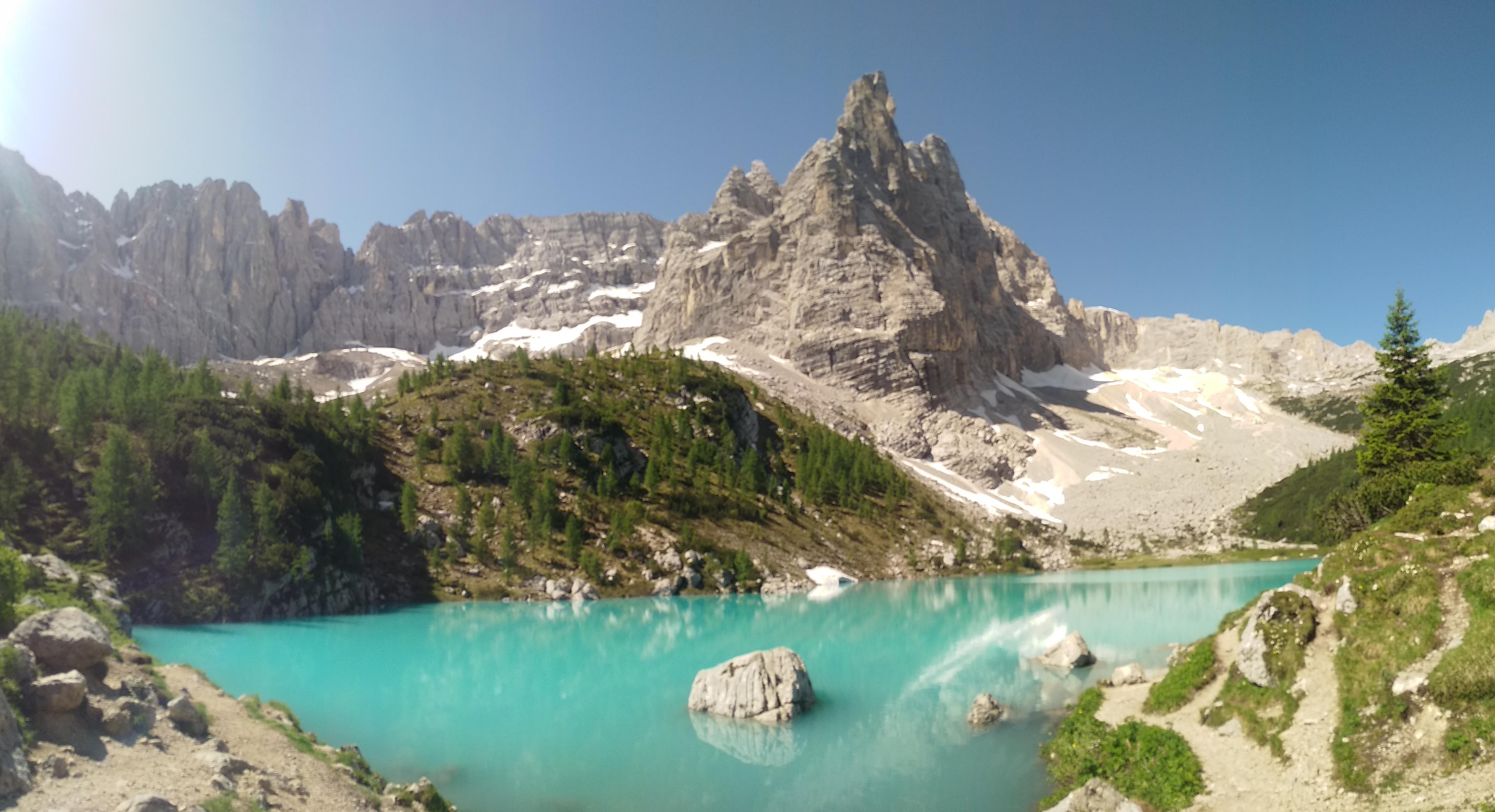
High in the Italian Dolomites, Lago di Sorapis is a glacial lake with an almost unreal, milky-blue hue. This stunning coloration comes from the rock flour deposited by surrounding glaciers, giving the lake a soft, pastel-like glow. Its remoteness adds to its charm, as reaching the lake requires a challenging but rewarding hike through alpine meadows and dramatic peaks. Due to its high elevation, the lake remains untouched by pollution or human interference, making it one of Italy’s most pristine hidden gems.
21. Wakatipu, New Zealand – The "Breathing" Lake
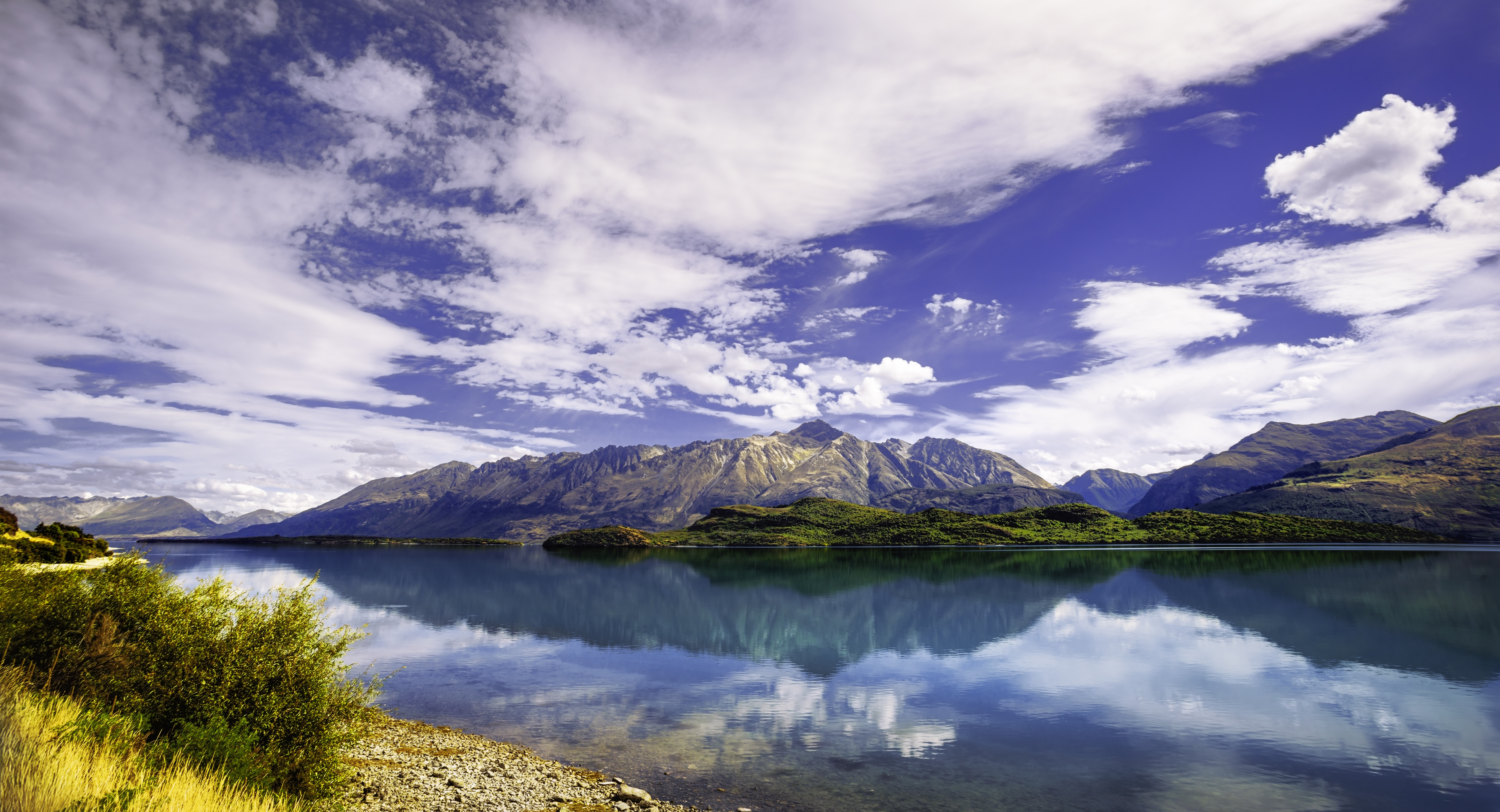
Surrounded by the majestic peaks of the Southern Alps, Lake Wakatipu is known not only for its incredible clarity (over 12 meters visibility) but also for its mysterious "breathing" phenomenon. Due to a unique oscillation effect, the lake's water level rises and falls by up to 10 centimeters every 25 minutes, creating an eerie but mesmerizing pulse. Māori legend attributes this to the heartbeat of a giant sleeping beneath the lake. Beyond the mystery, Wakatipu’s glacial waters and mirror-like reflections make it one of the most photogenic lakes in the world.
22. Lake Assal, Djibouti – Africa’s Clearest and Saltiest Lake
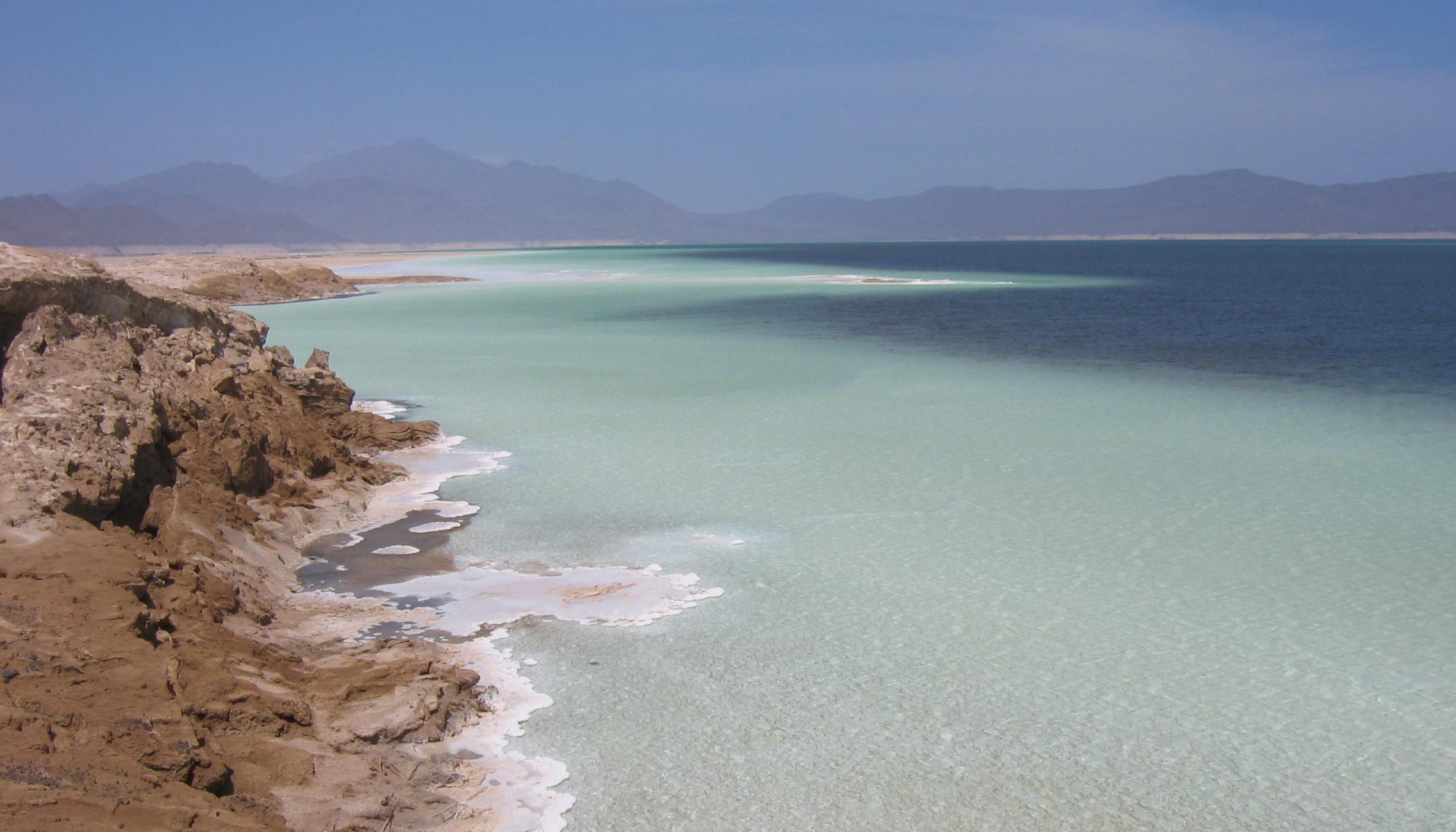
While many of the world's clearest lakes are found in alpine or temperate regions, Lake Assal in Djibouti defies the trend. This hypersaline lake, located in the Afar Triangle of East Africa, has an otherworldly beauty, with crystal-clear turquoise water framed by salt-encrusted shores. Often compared to the Dead Sea, its high salinity gives it an almost glass-like transparency, allowing visitors to float effortlessly. The lake is also the lowest point in Africa, sitting 155 meters below sea level, adding to its extreme and surreal nature.
23. Lake Issyk-Kul, Kyrgyzstan – The Pearl of Central Asia
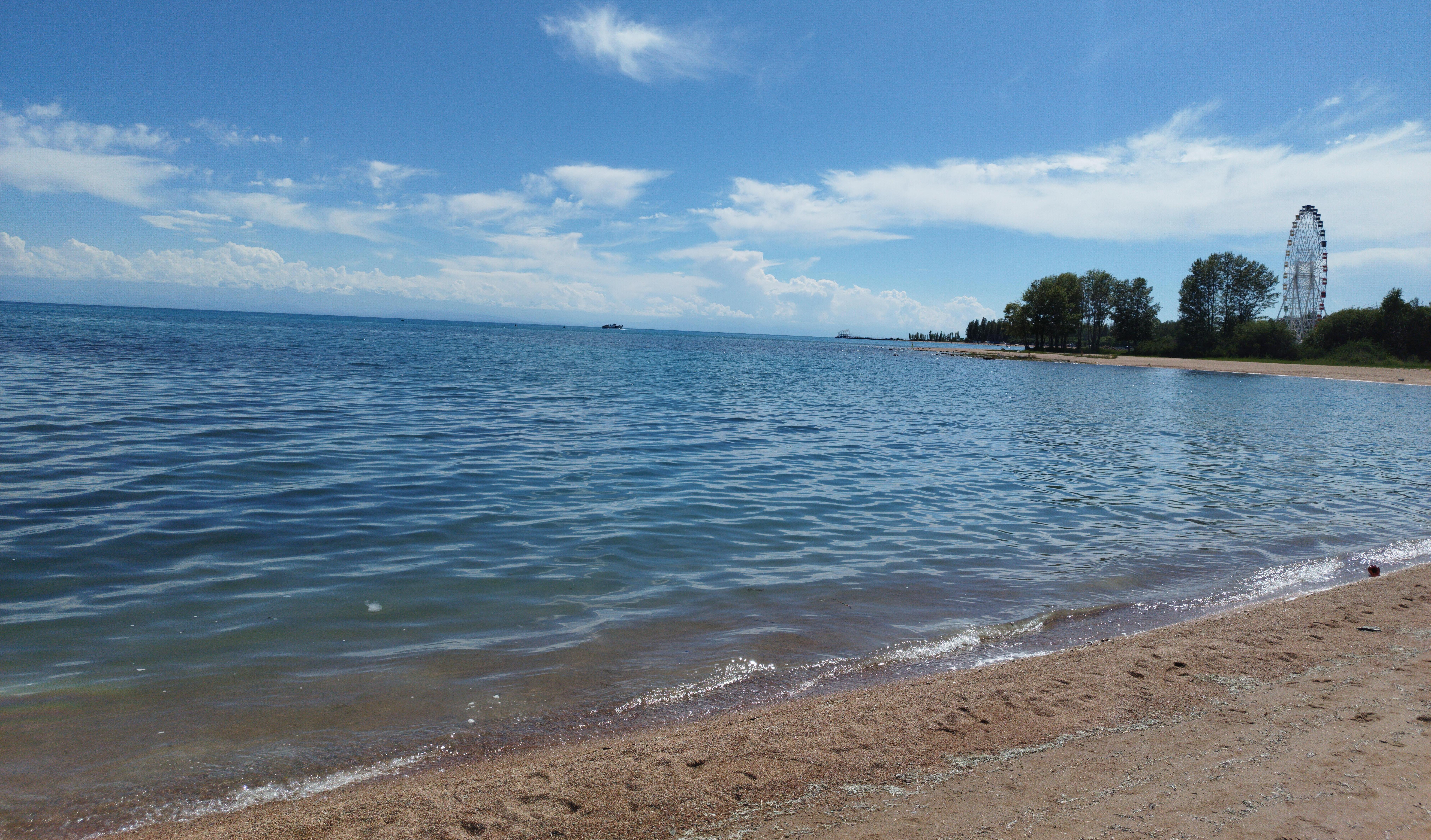
Issyk-Kul, meaning "Warm Lake" in Kyrgyz, is a massive alpine lake that never freezes, despite its high elevation in the Tian Shan mountains. Its water is so clear that visibility can reach up to 20 meters, revealing submerged ancient ruins from lost civilizations. A mix of glacial runoff and natural filtration keeps the lake pristine, and its unique ecosystem has made it a refuge for rare bird species and endemic fish. Locals believe the lake has spiritual healing properties, adding to its mystique.
24. Lagoa do Fogo, Portugal – The Volcanic Blue Fire Lake
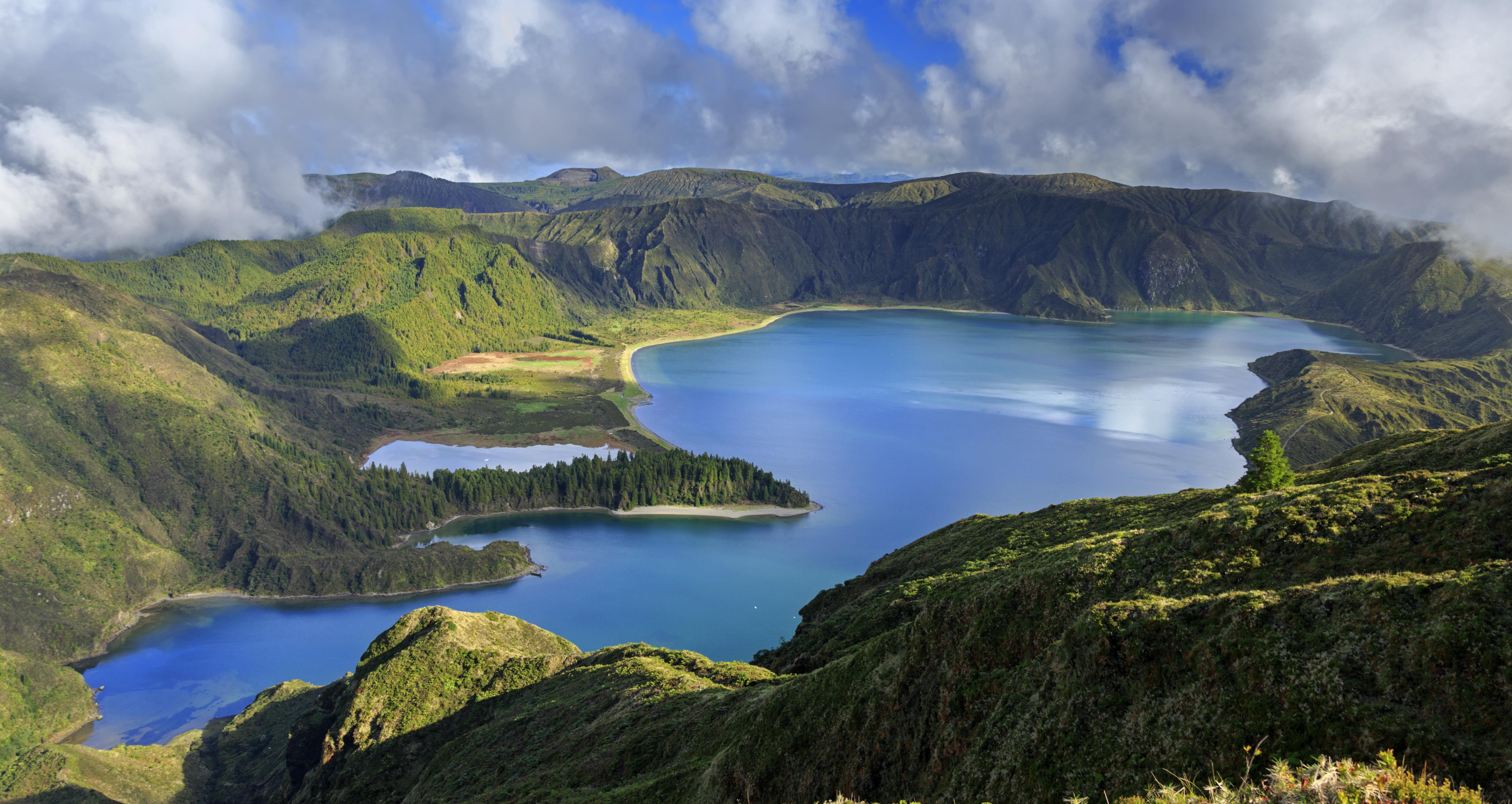
Lagoa do Fogo, or "Lake of Fire," is a stunning crater lake located in the Azores, an archipelago in the middle of the Atlantic Ocean. Formed by volcanic activity, its sapphire-blue waters are among the clearest in Europe. Due to its location within a nature reserve, no construction or human interference is allowed, keeping the lake completely untouched. Surrounded by lush forests and rolling mist, Lagoa do Fogo is a paradise for nature lovers, where the clarity of the water is matched only by the tranquility of its setting.
Guardians of Nature's Submerged Wonders
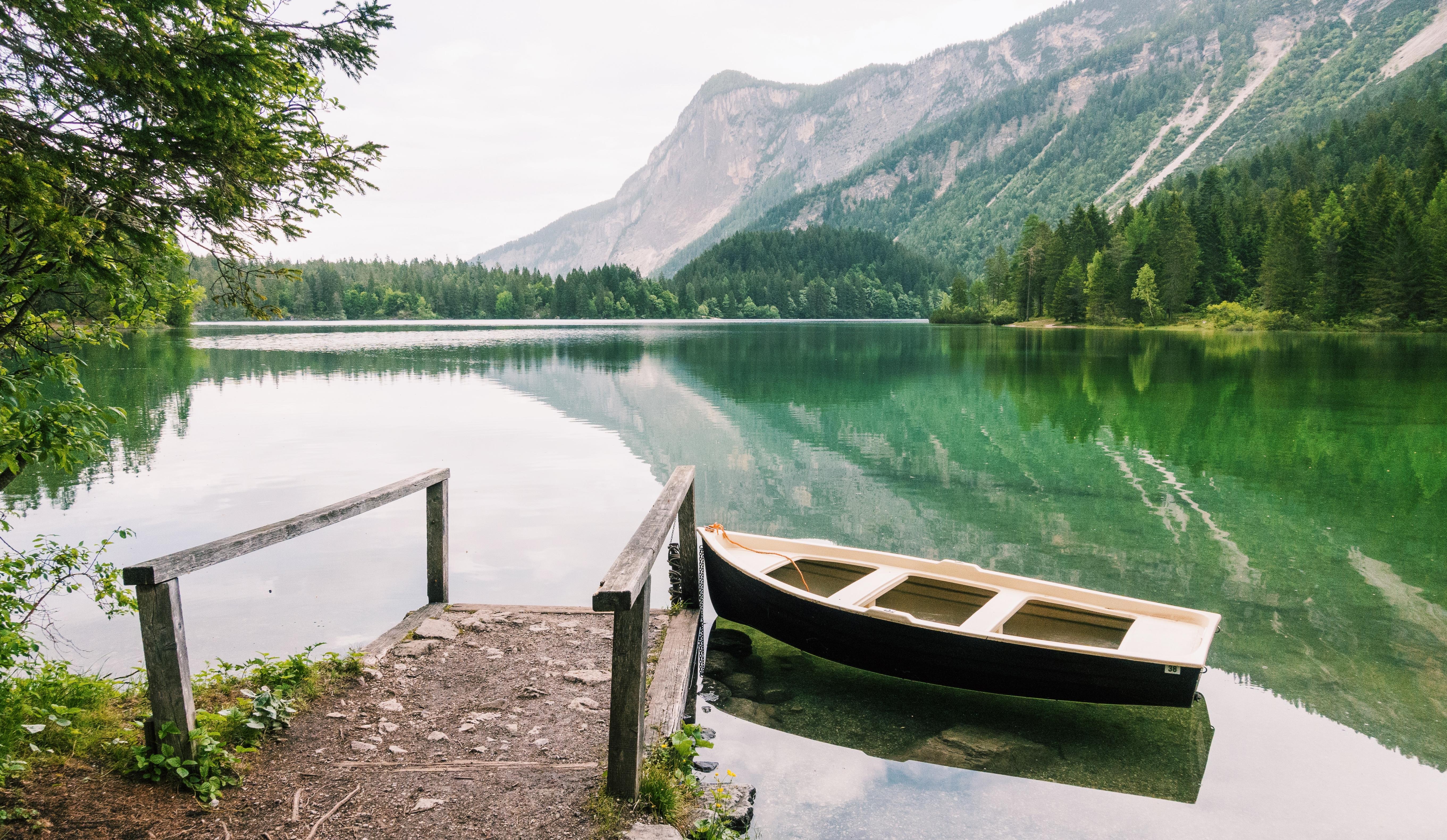
The 24 crystal clear lakes we have explored are more than just bodies of water; they are windows into a world of natural beauty and wonder. Each lake offers a unique glimpse into the mysteries that lie beneath the surface, revealing ecosystems that are as delicate as they are diverse. The clarity of these lakes allows us to appreciate the intricate balance of nature, where geological, biological, and cultural elements intertwine to create environments of unparalleled beauty. As we conclude our journey through these mesmerizing waters, we are reminded of the importance of preserving these natural wonders for future generations. The clarity of these lakes is a testament to the power of nature to create and sustain breathtaking landscapes. By understanding and respecting the delicate balance of these ecosystems, we can ensure that these submerged wonders continue to inspire and captivate us for years to come.

